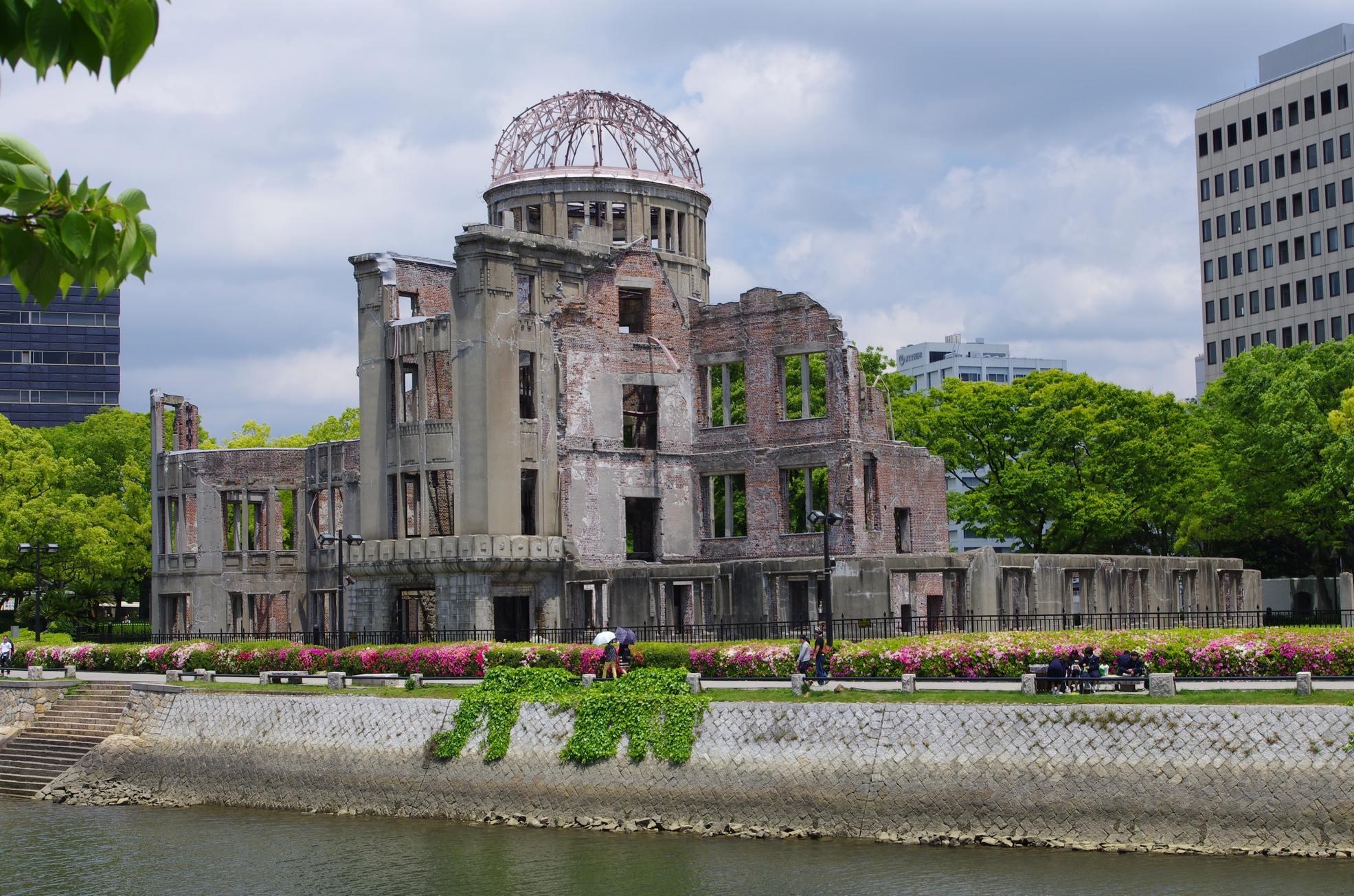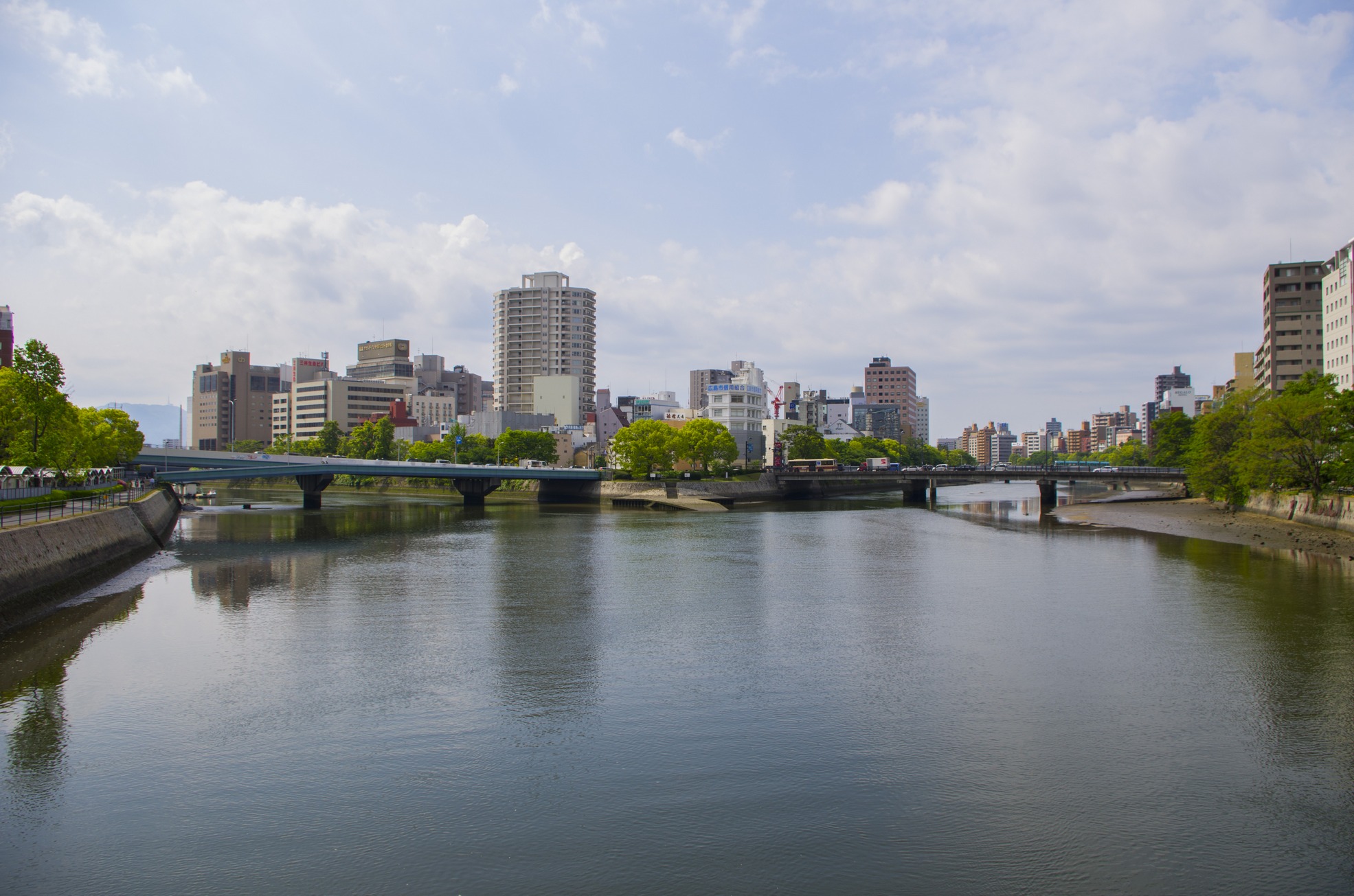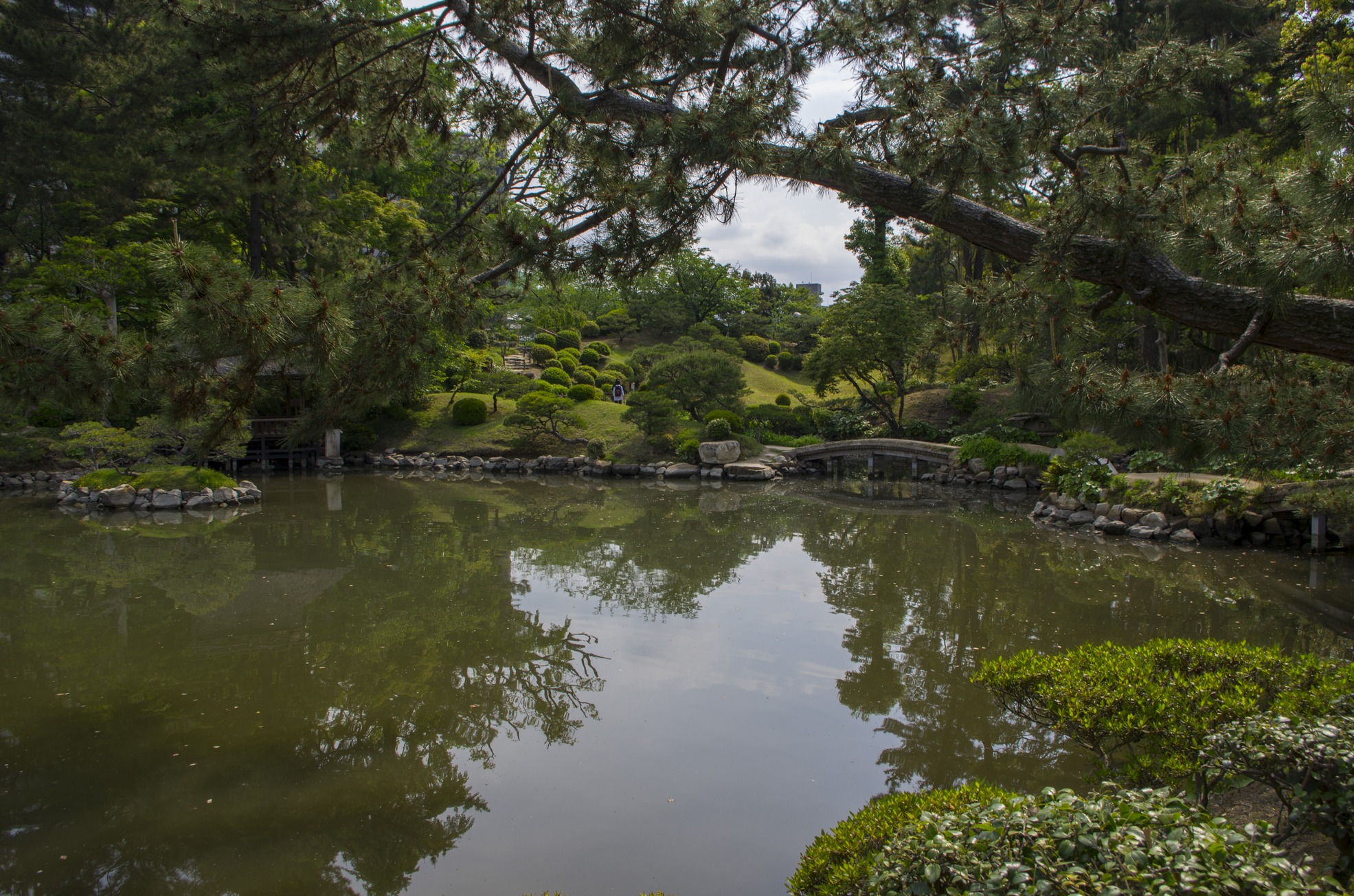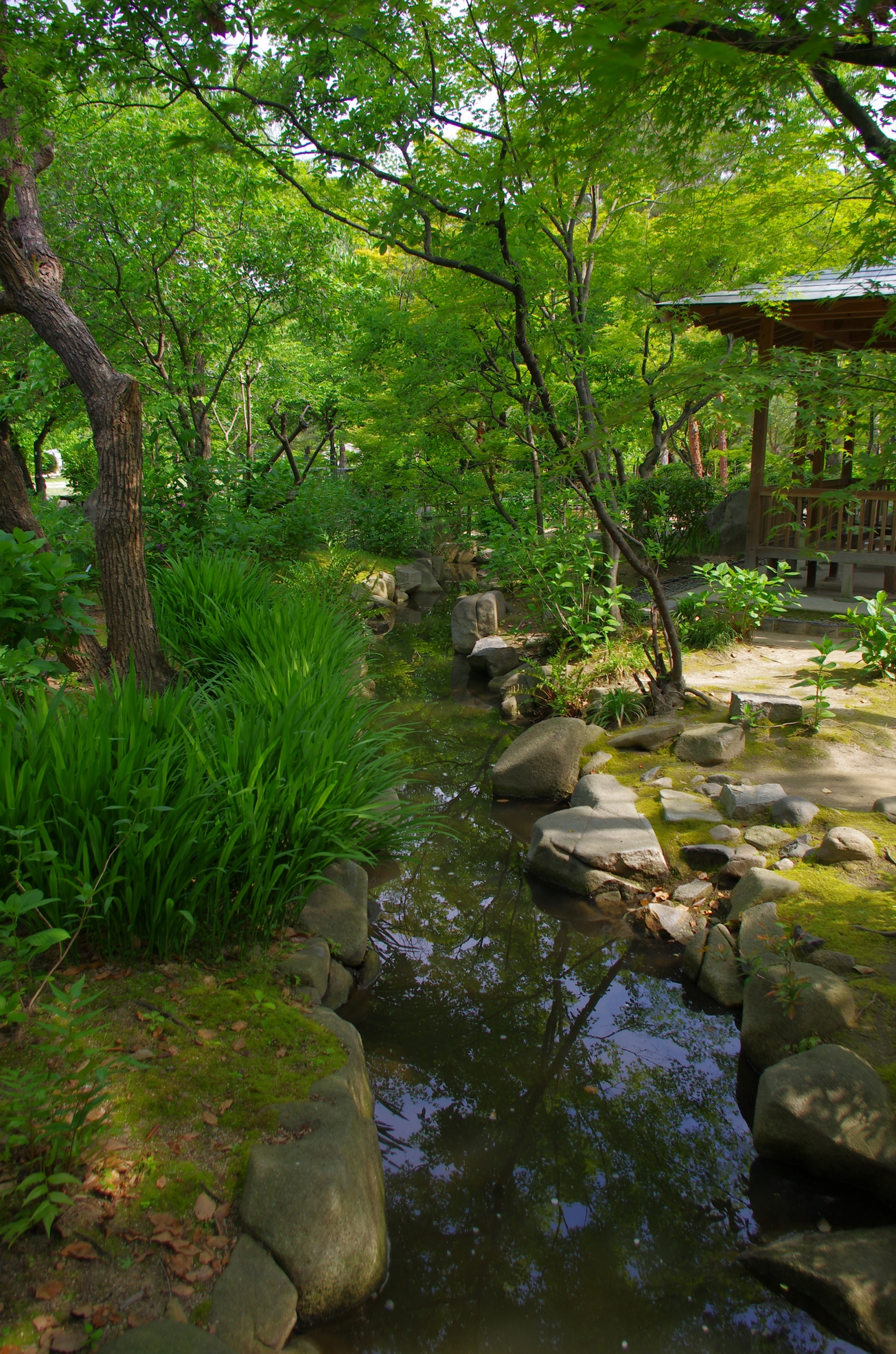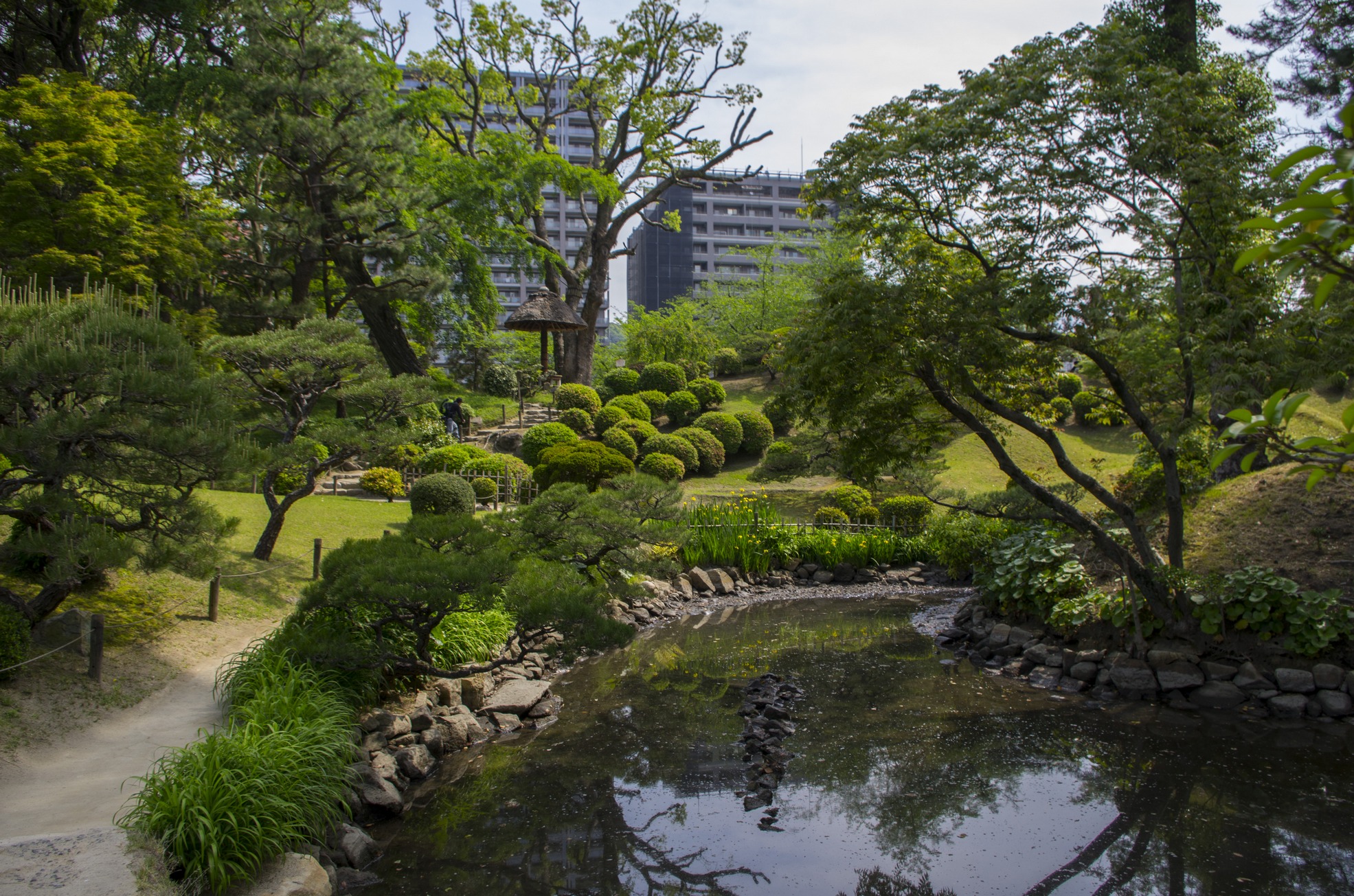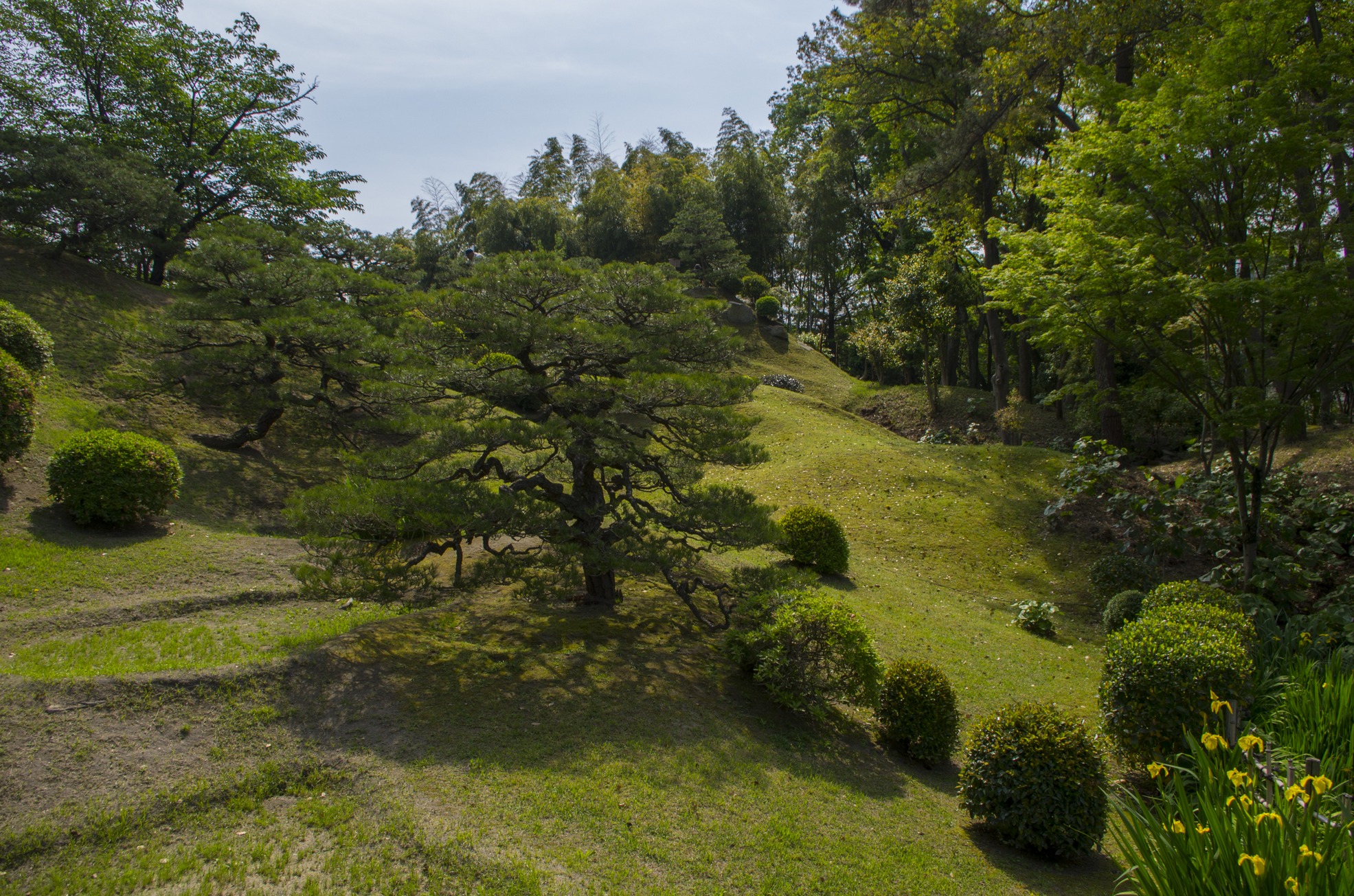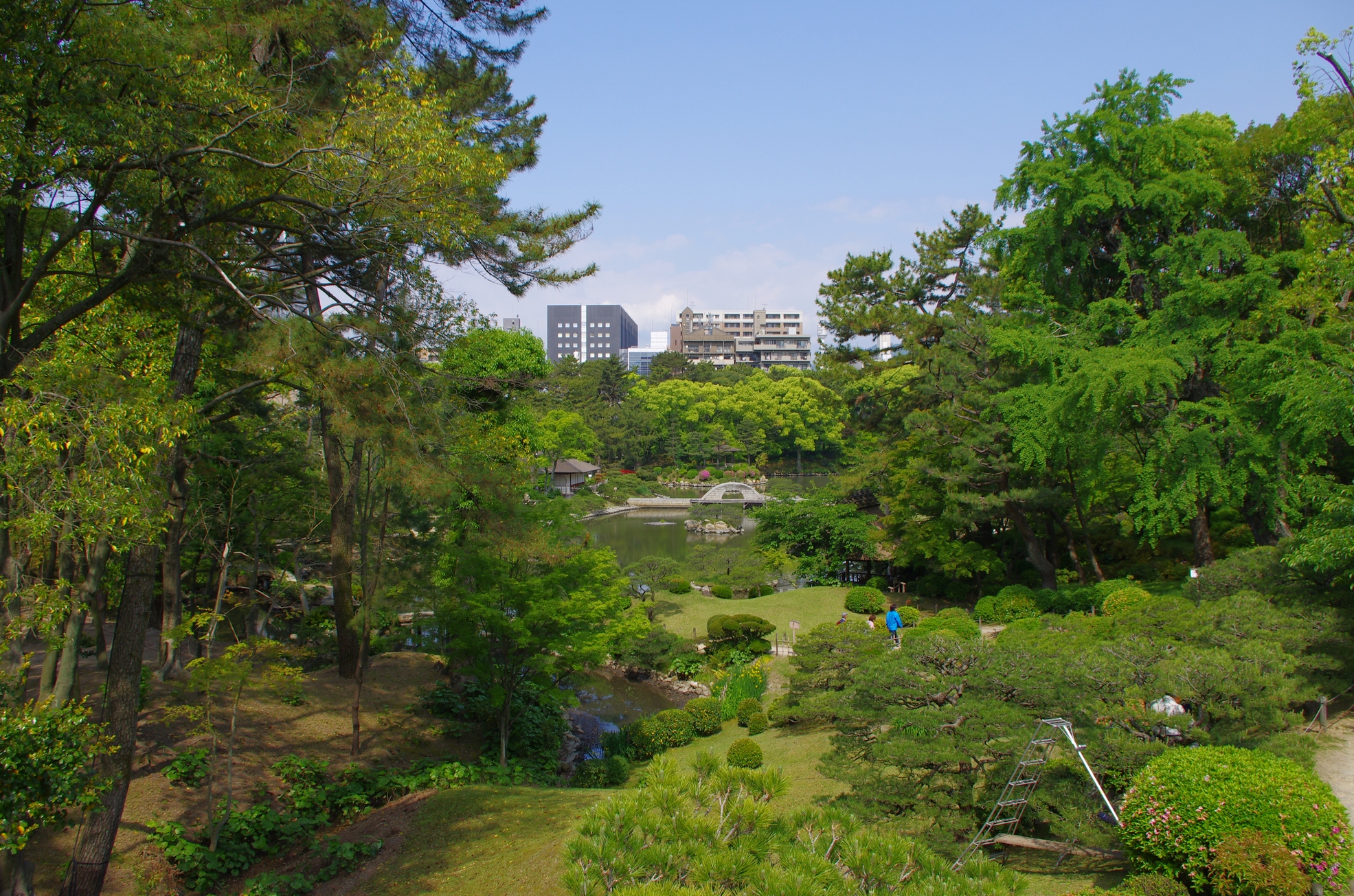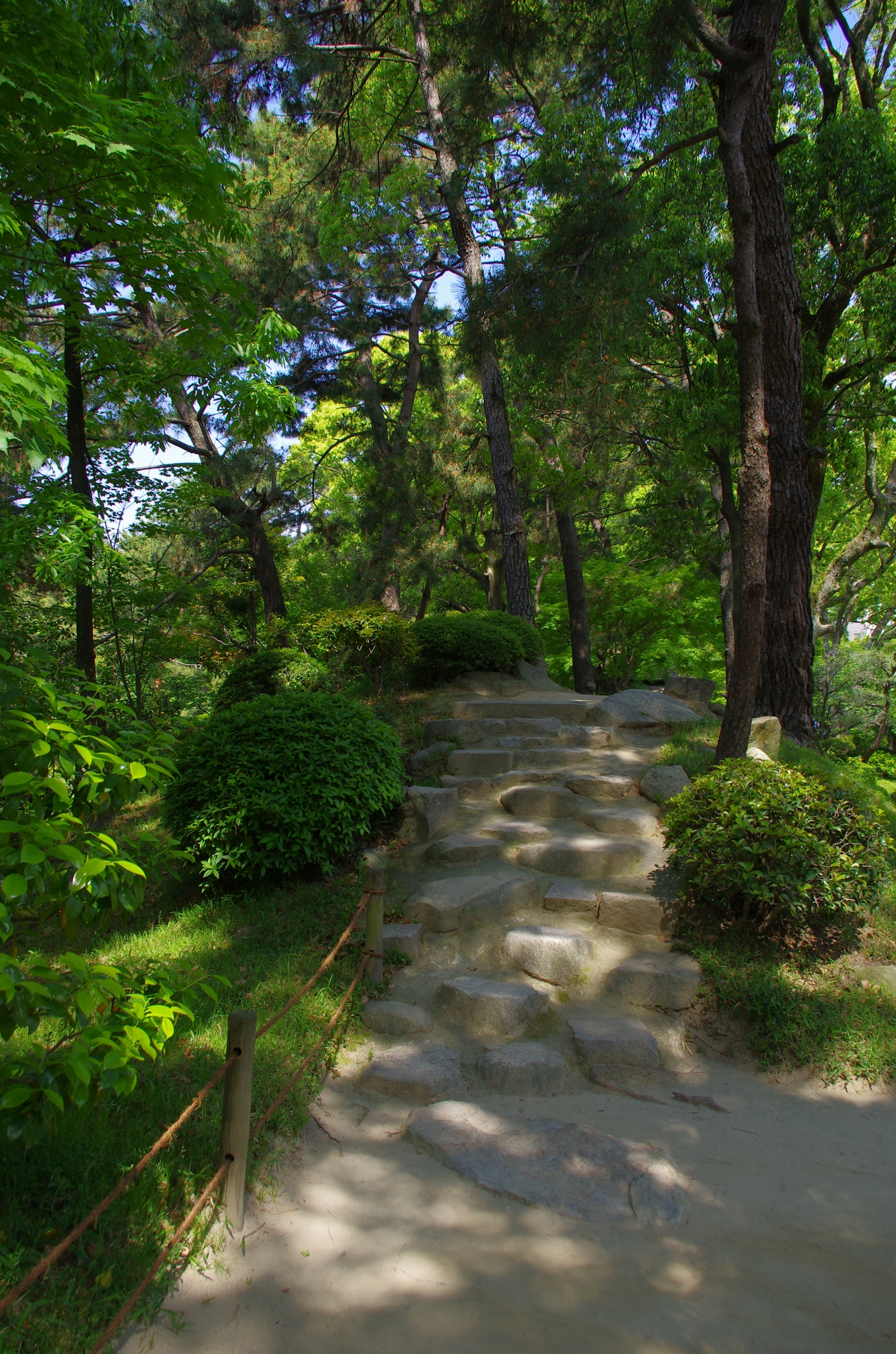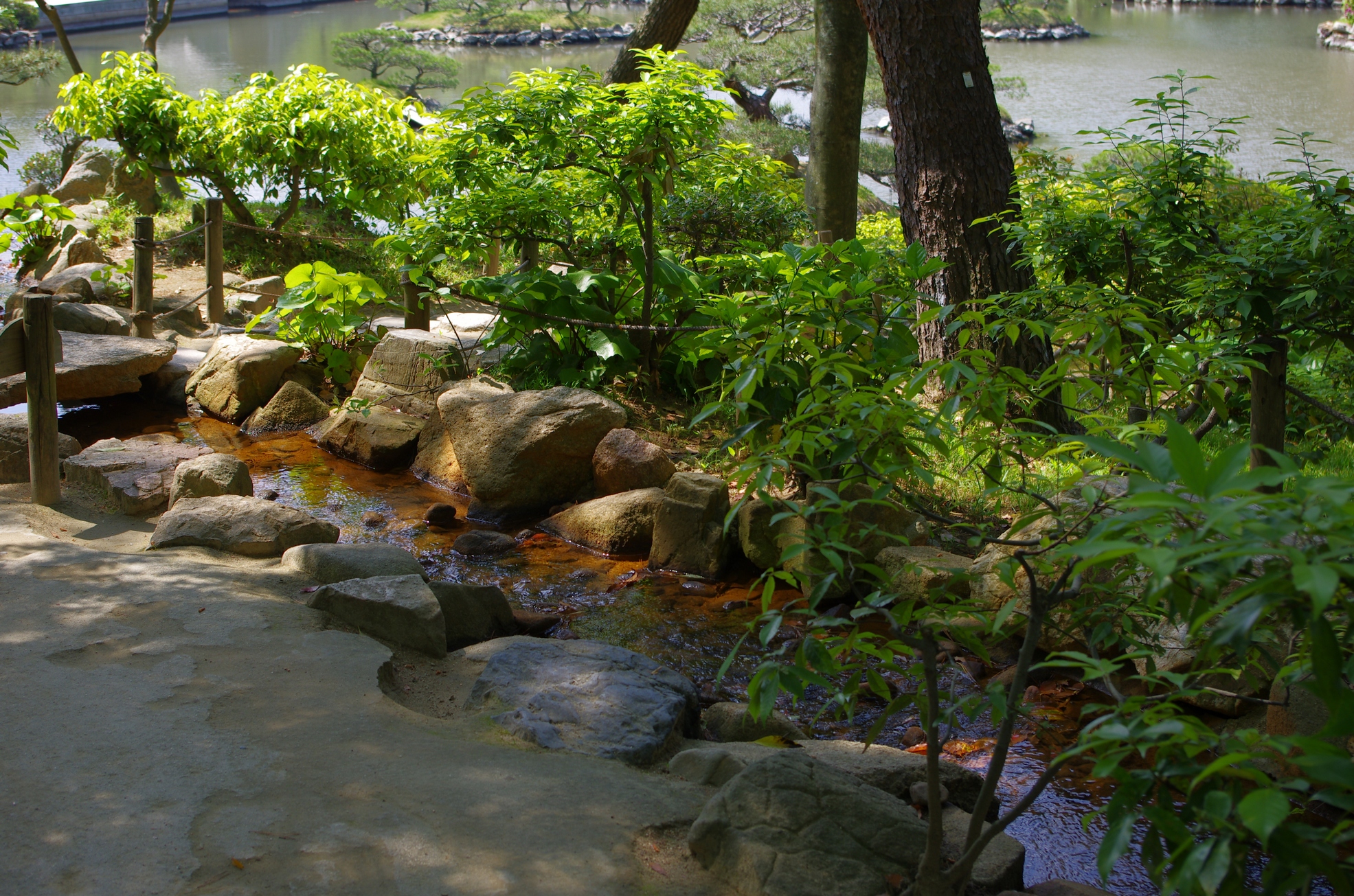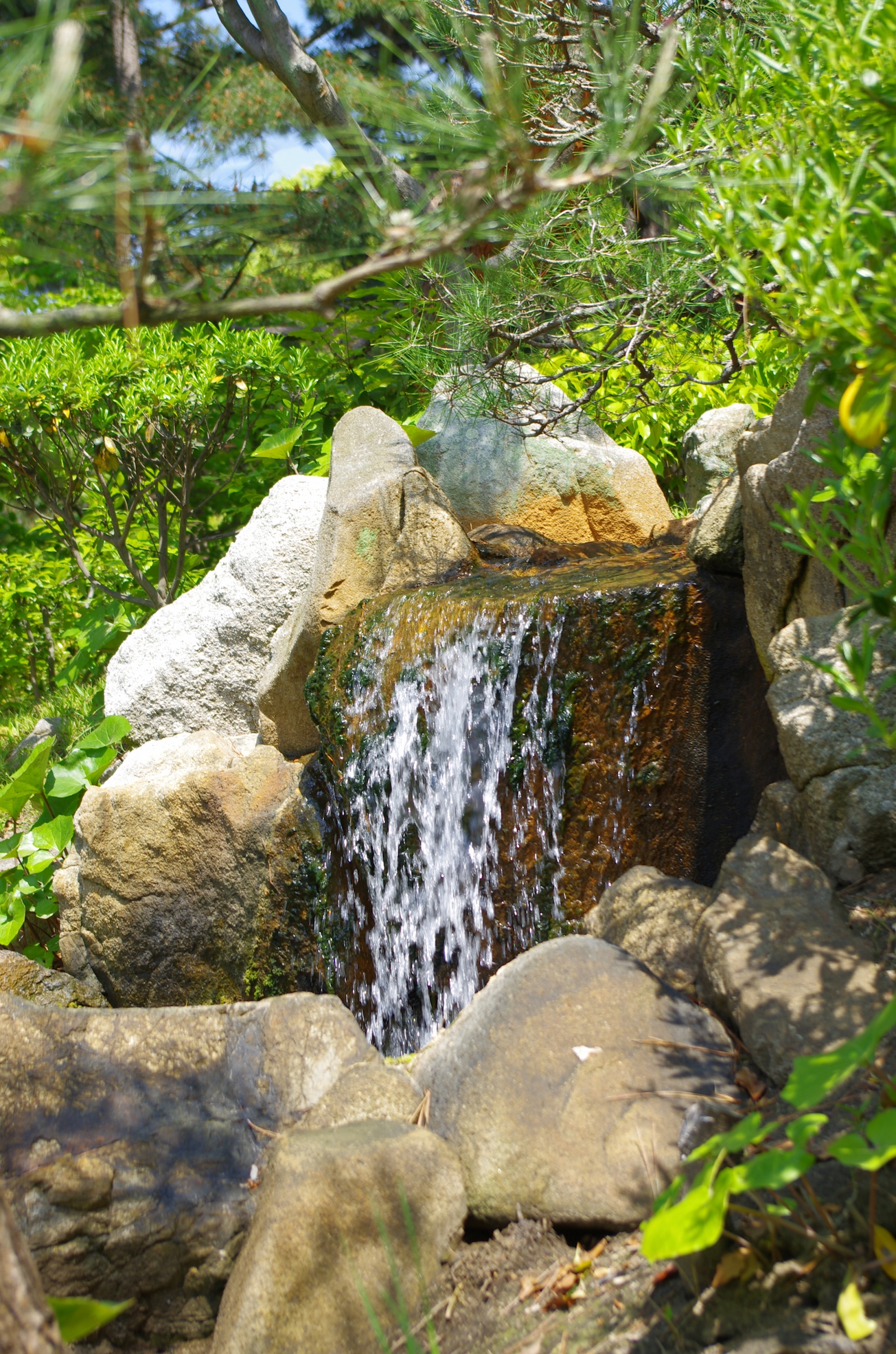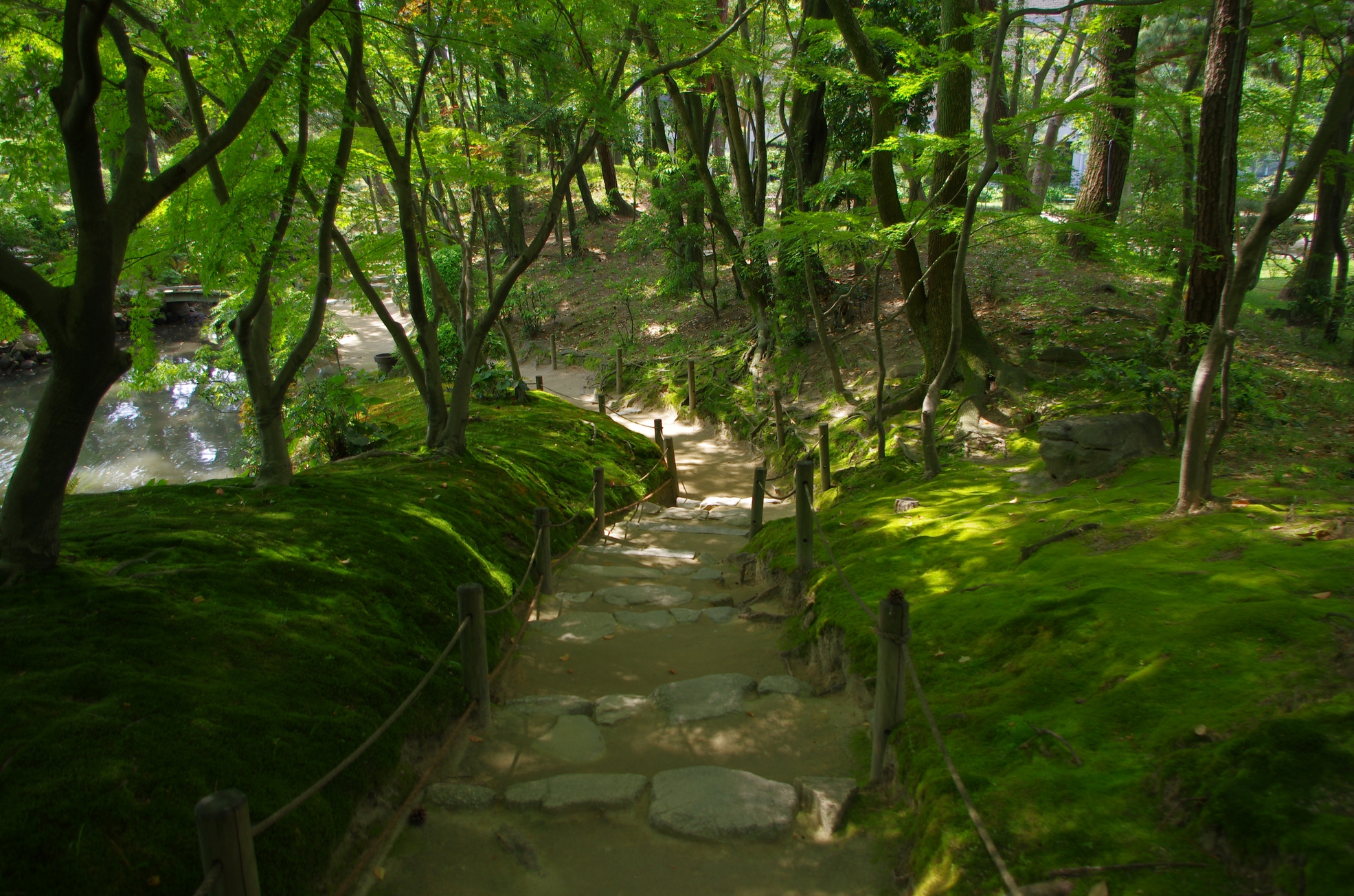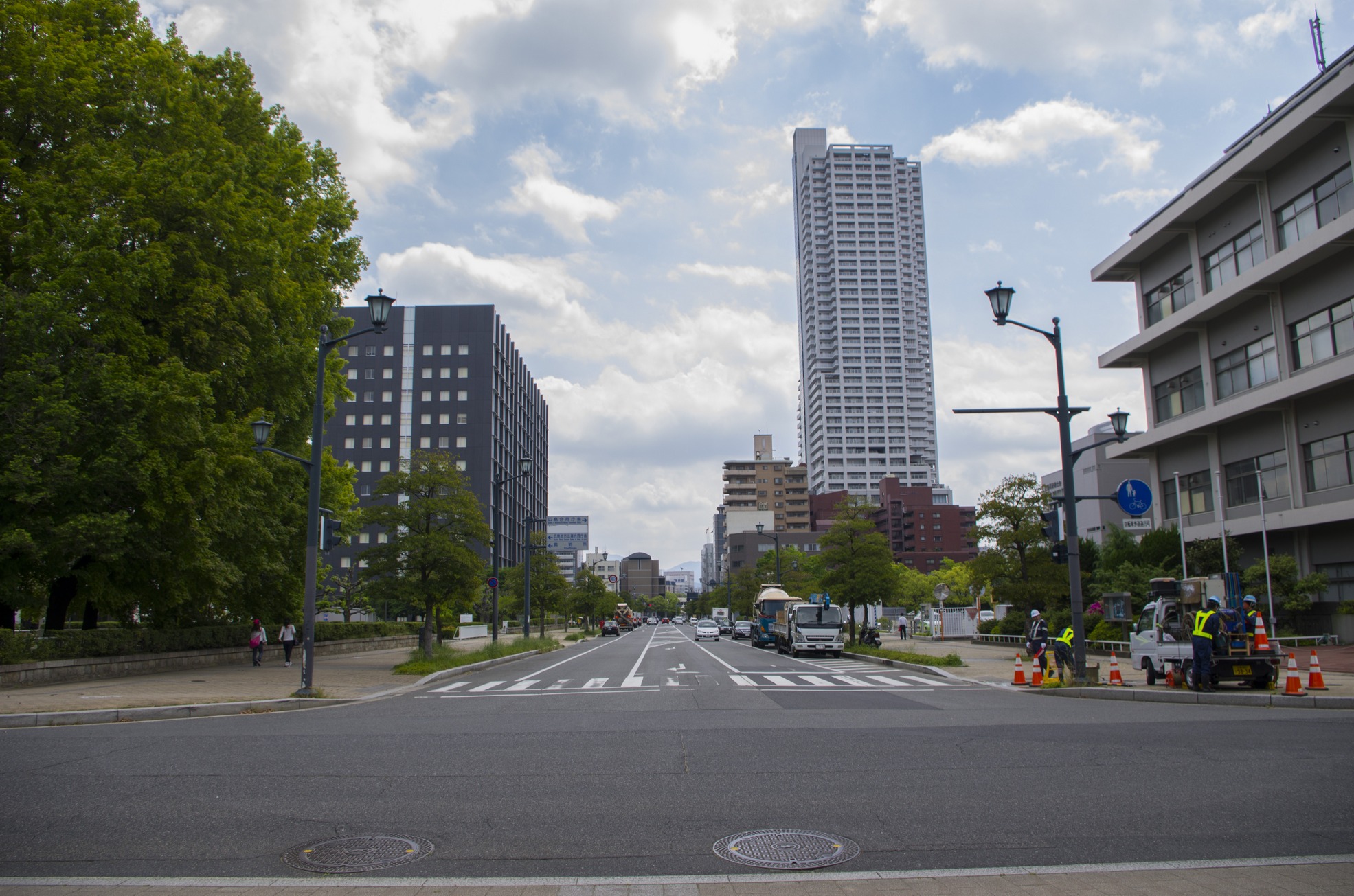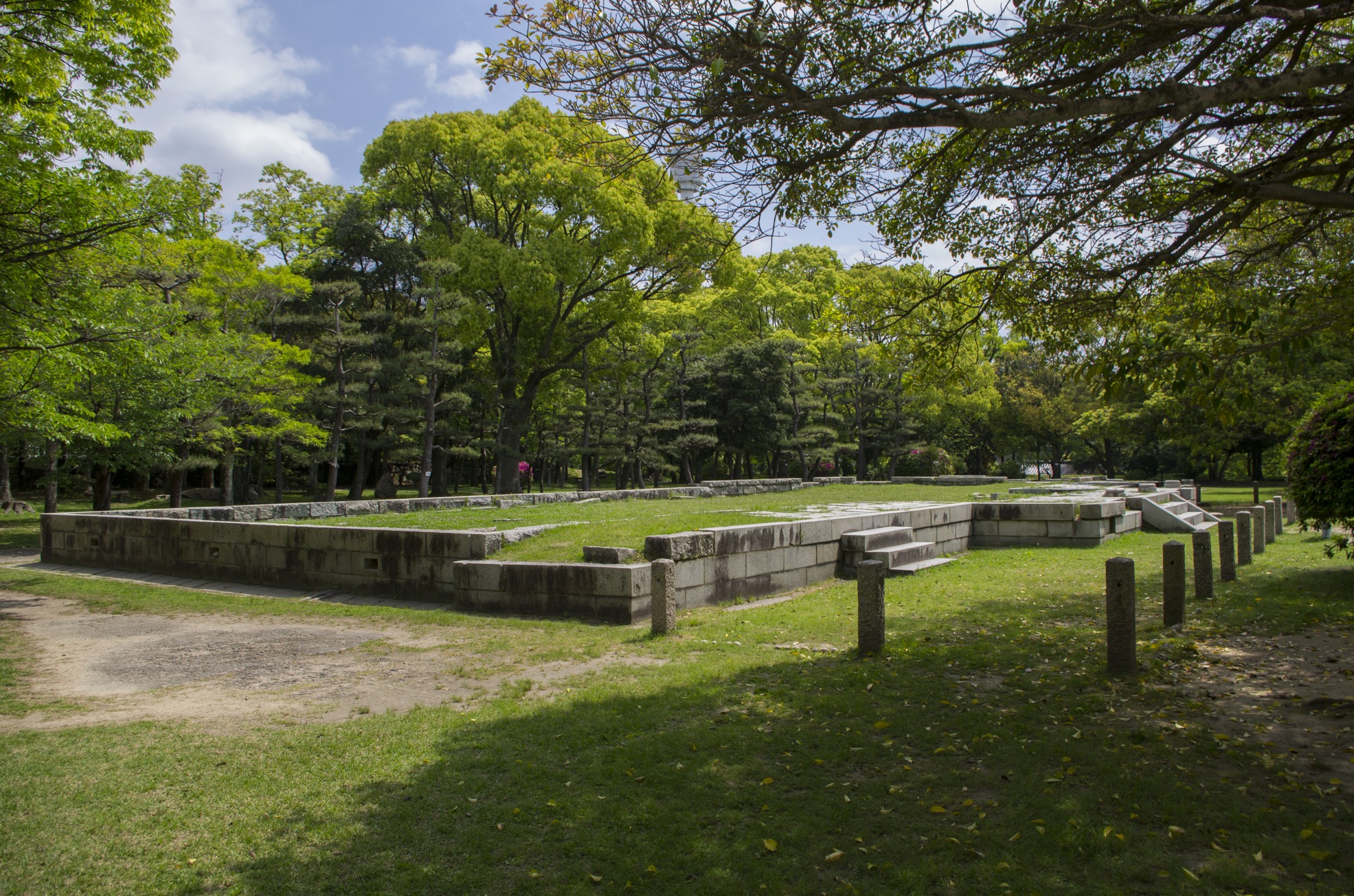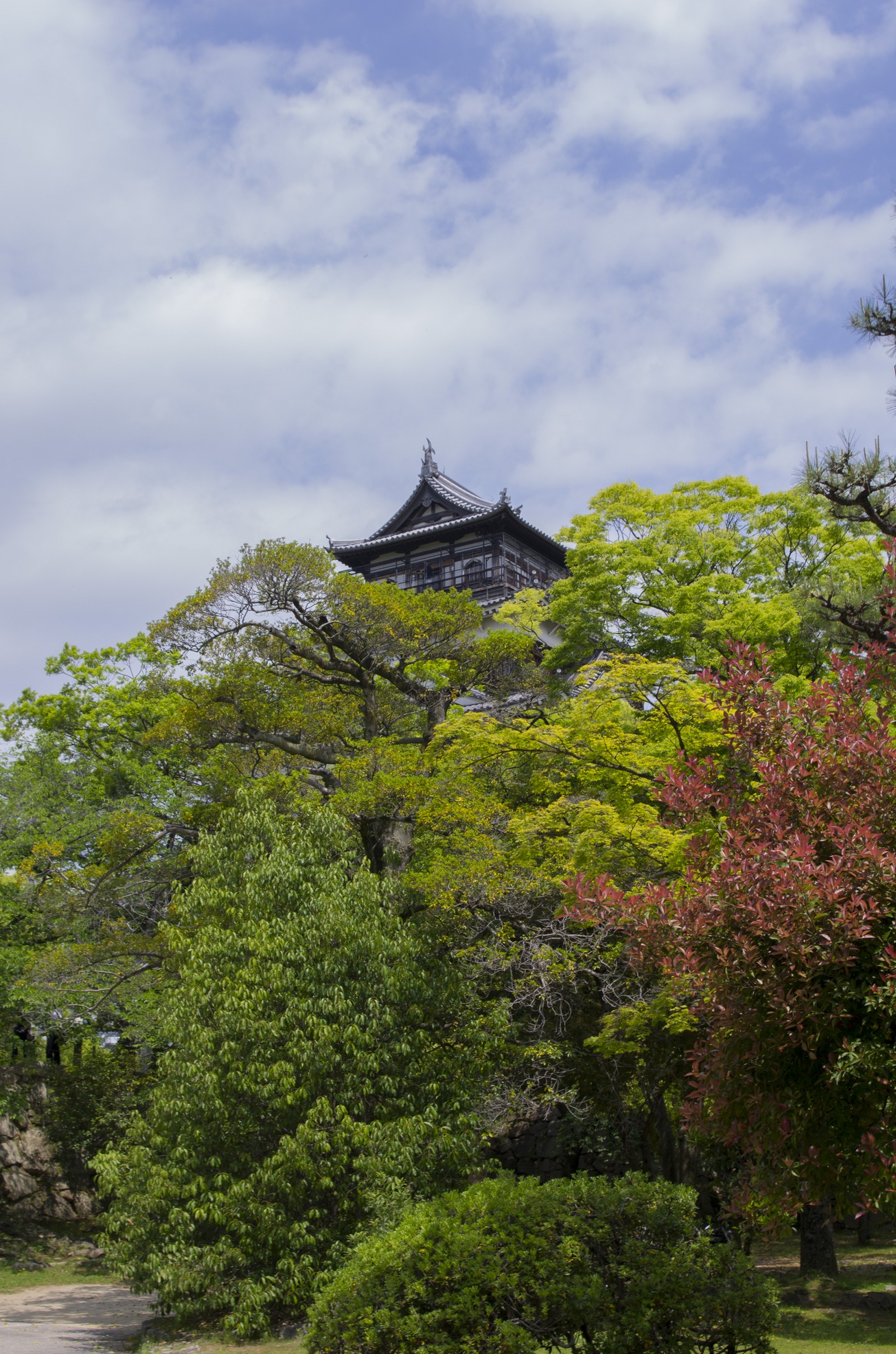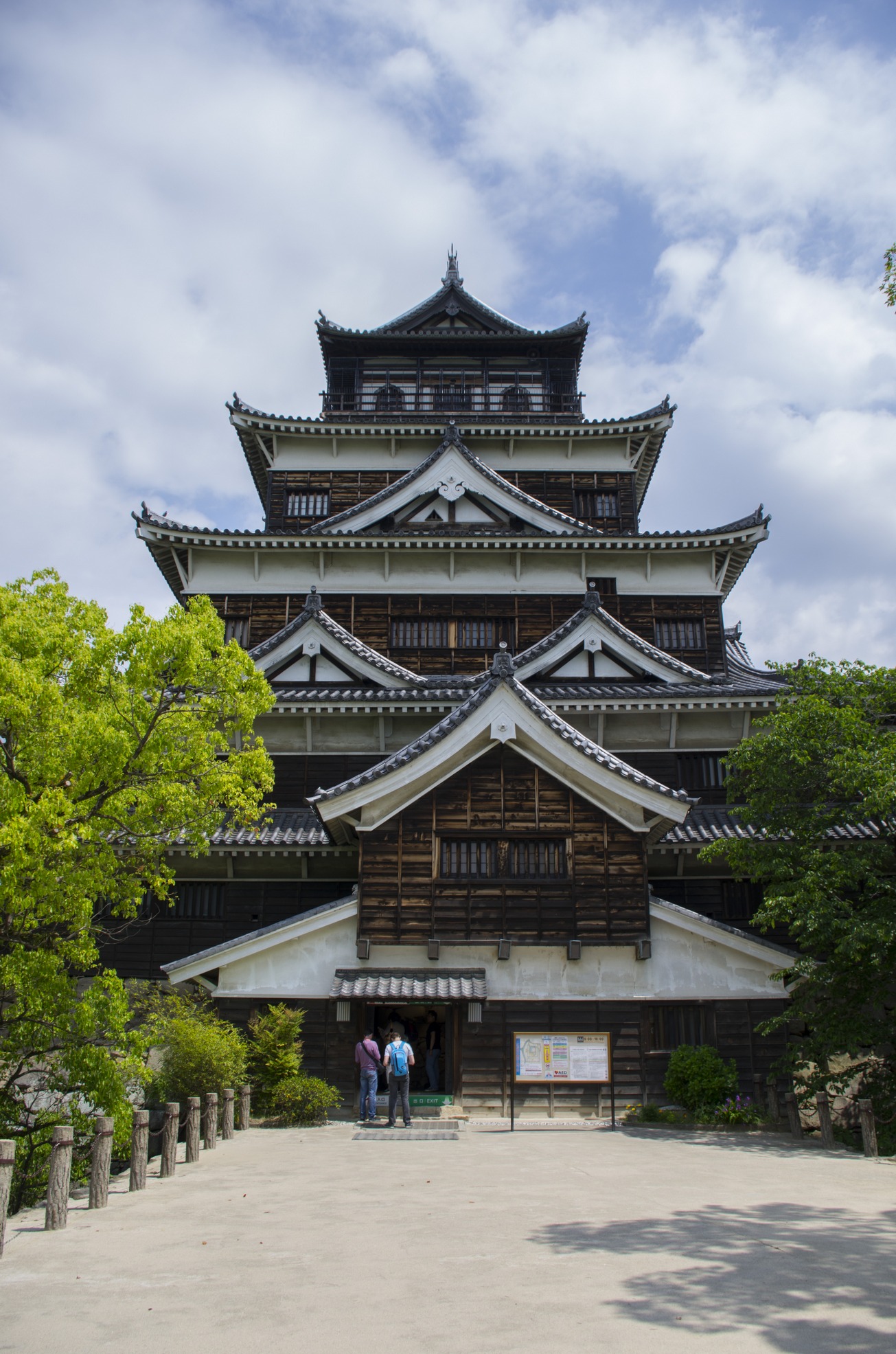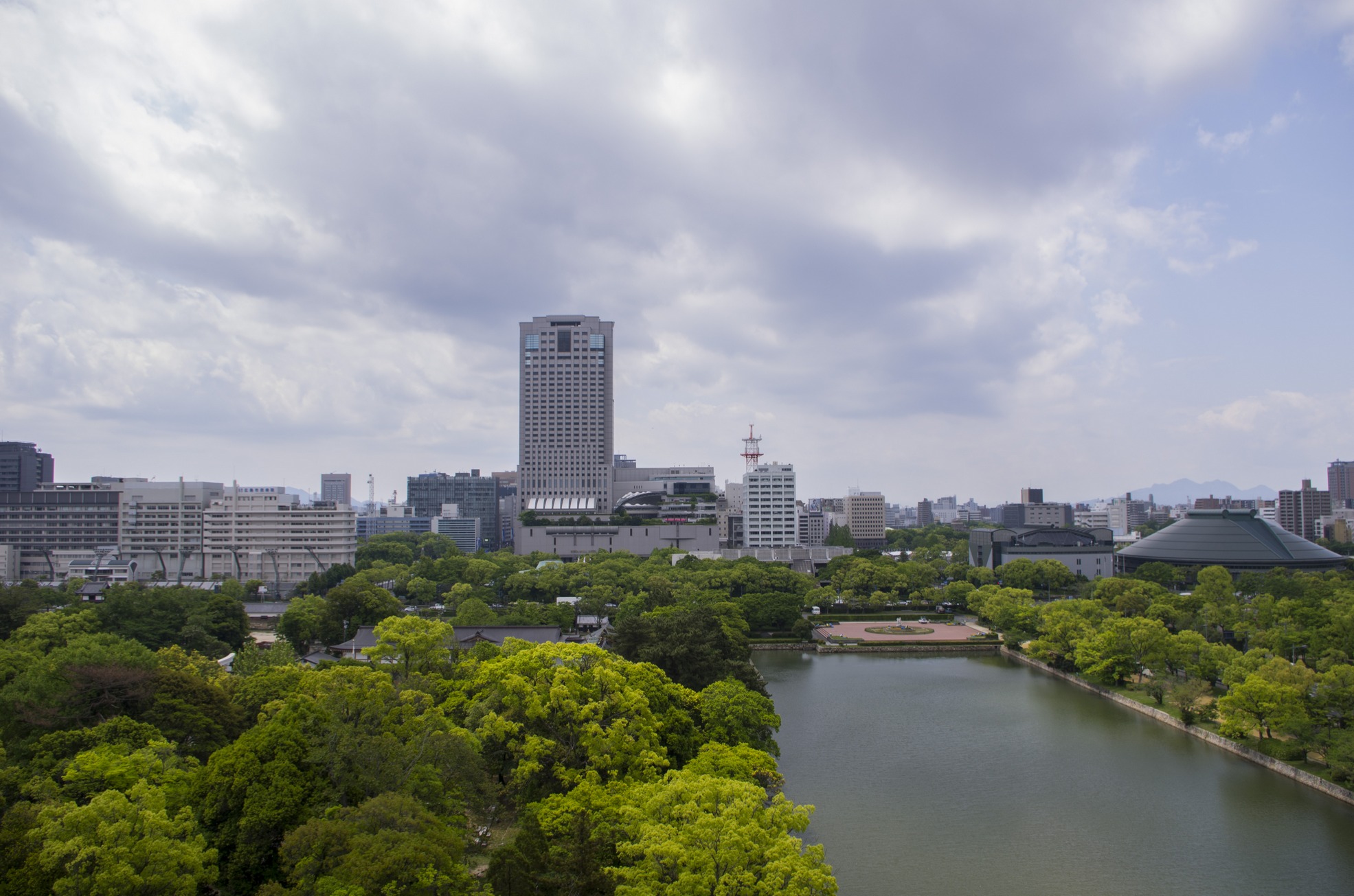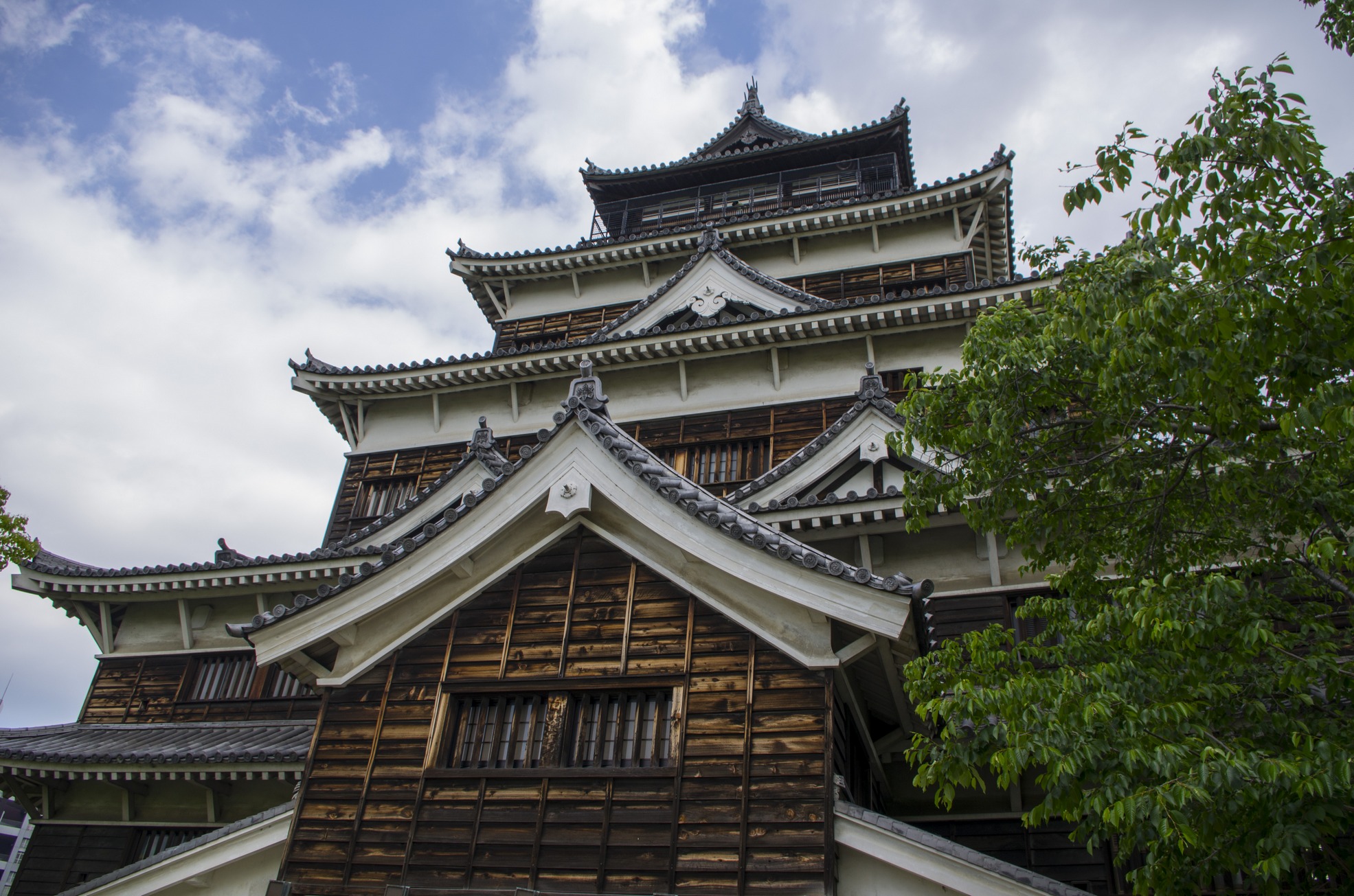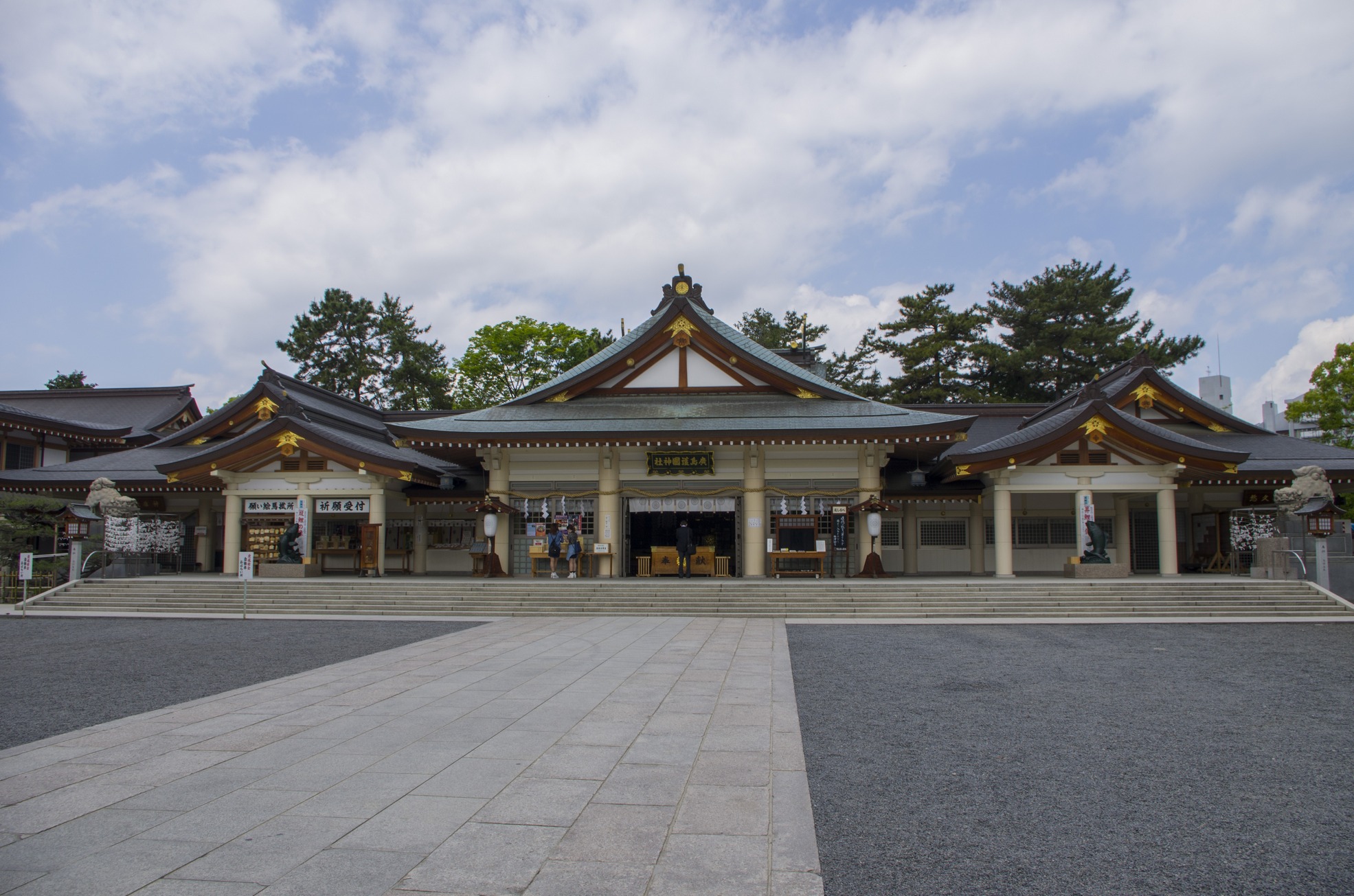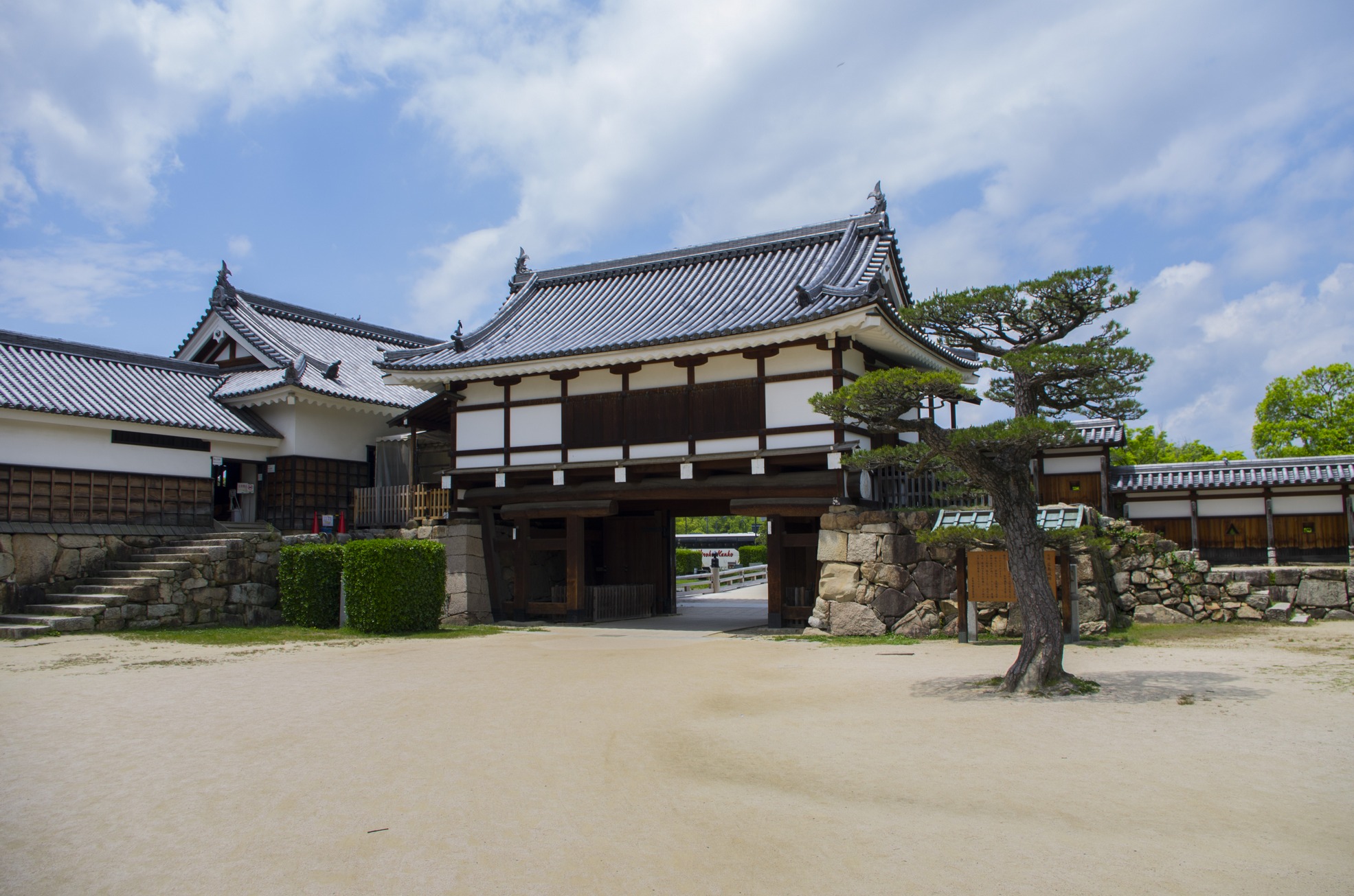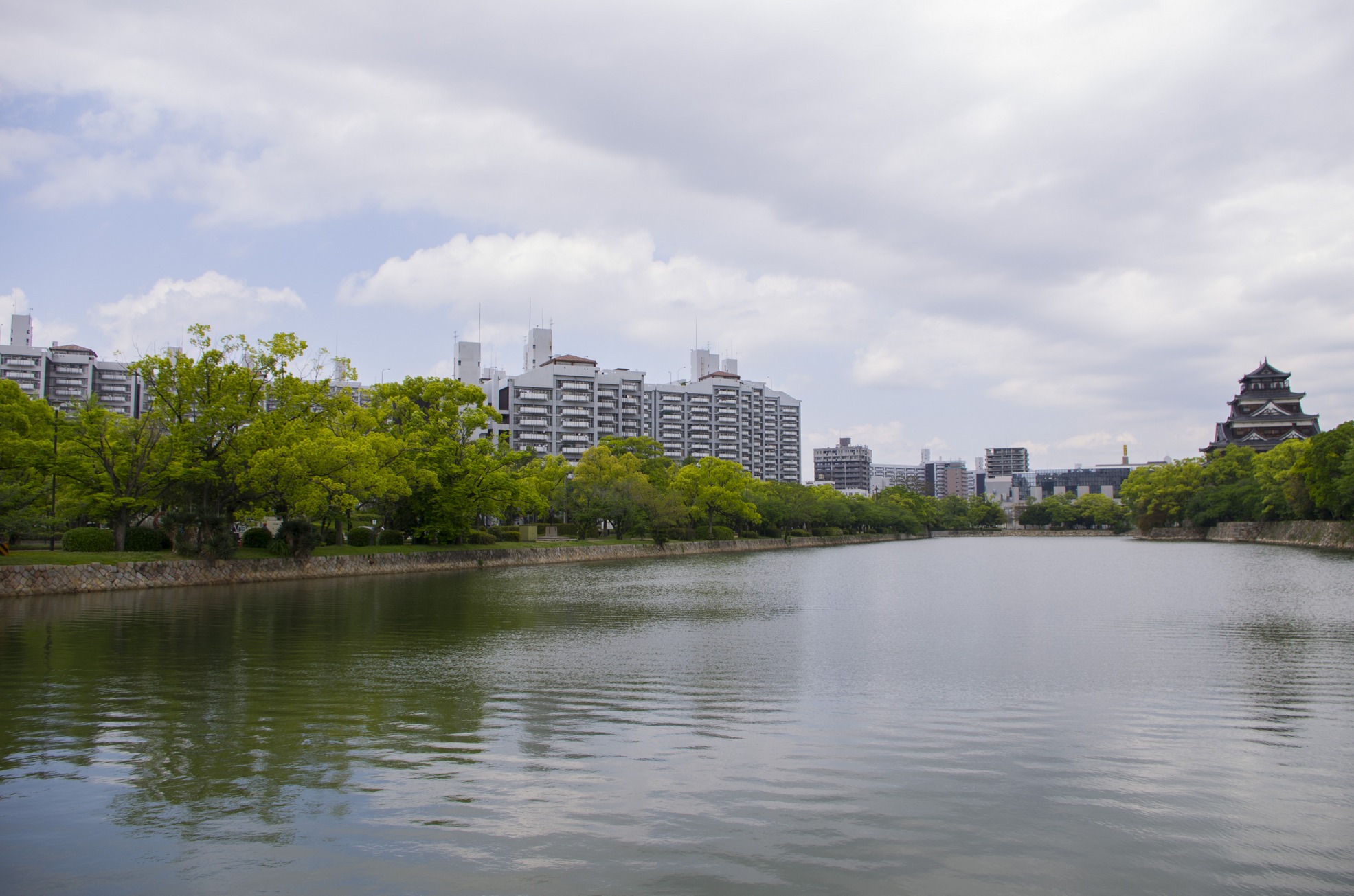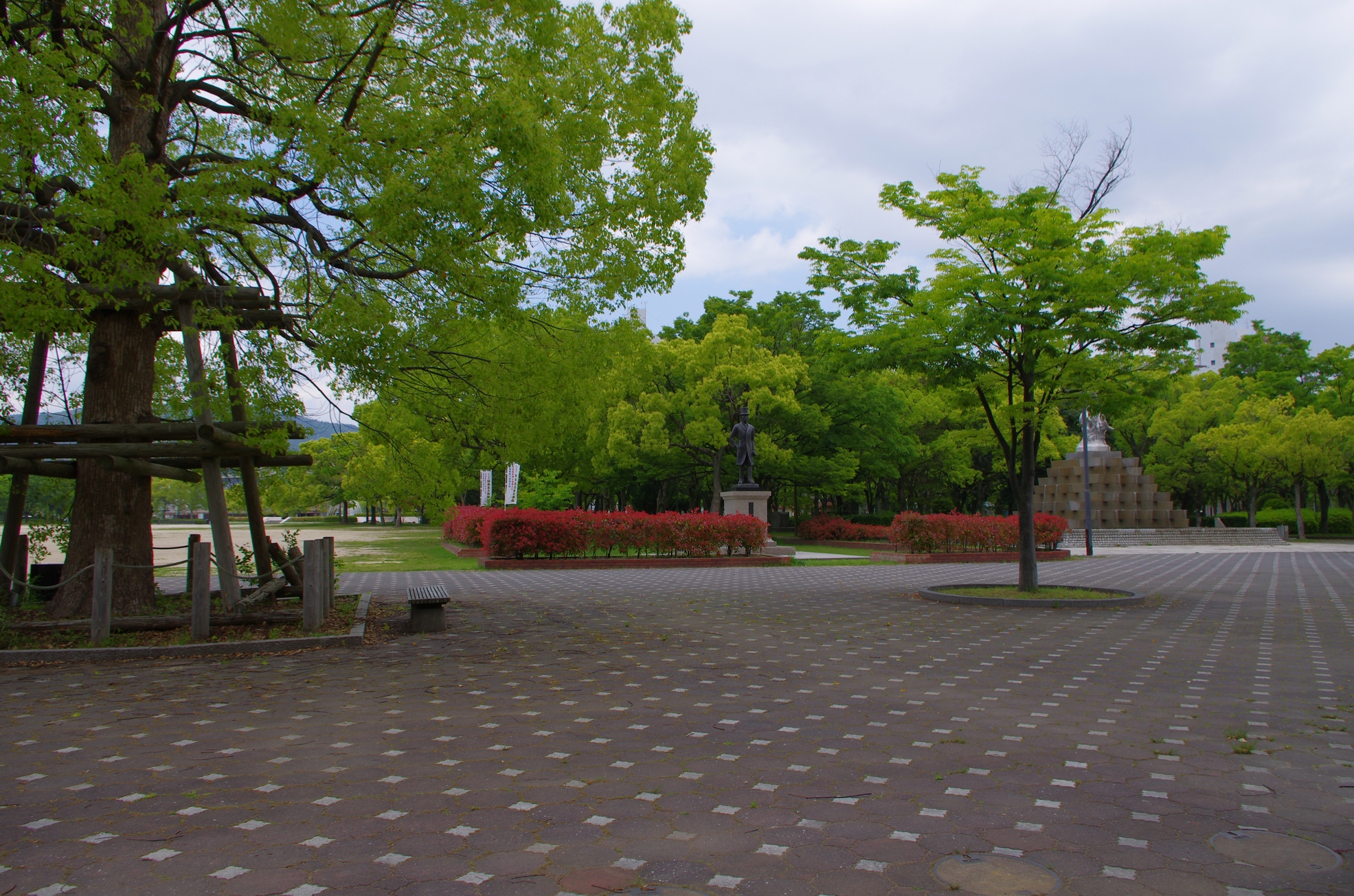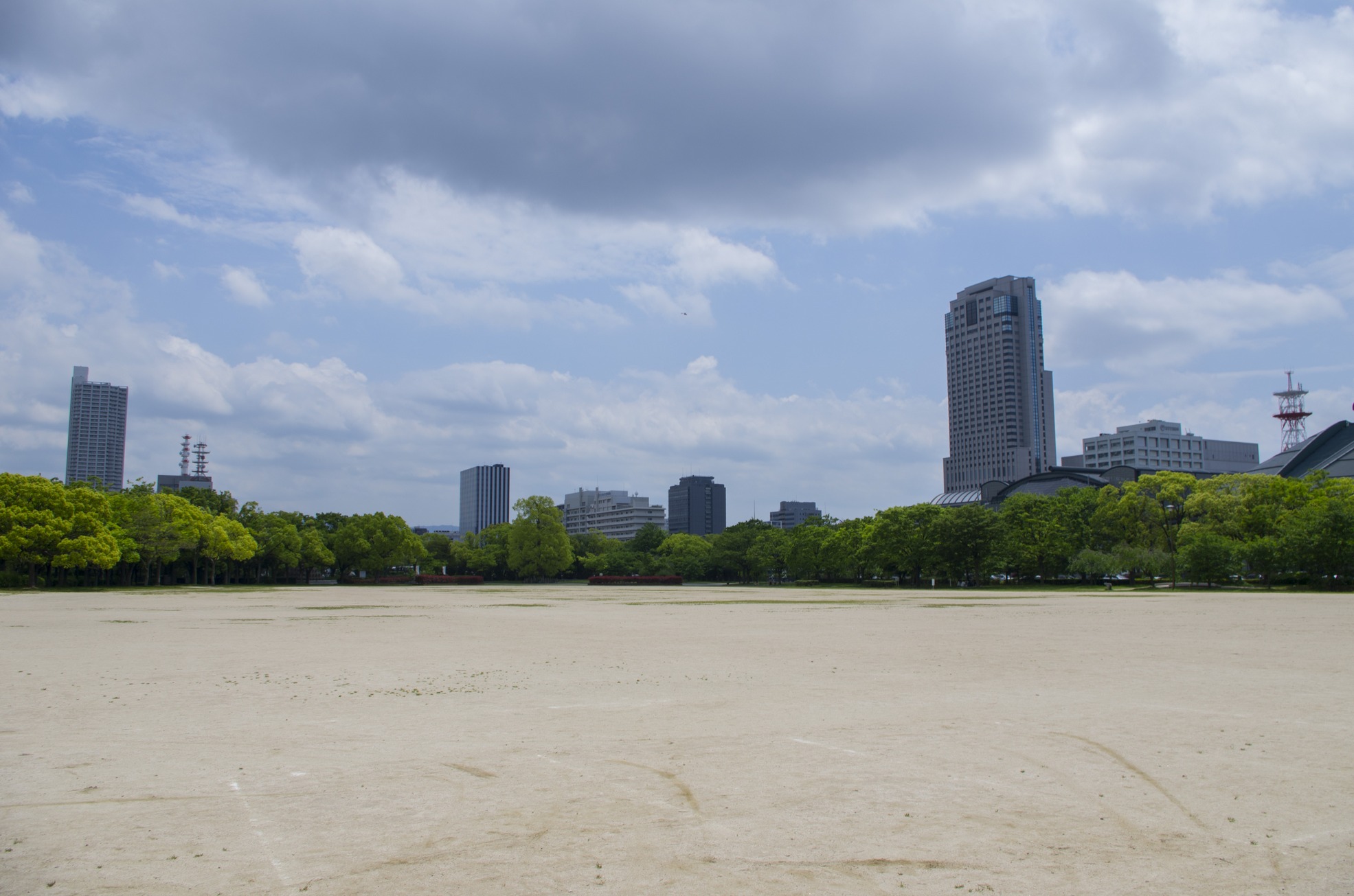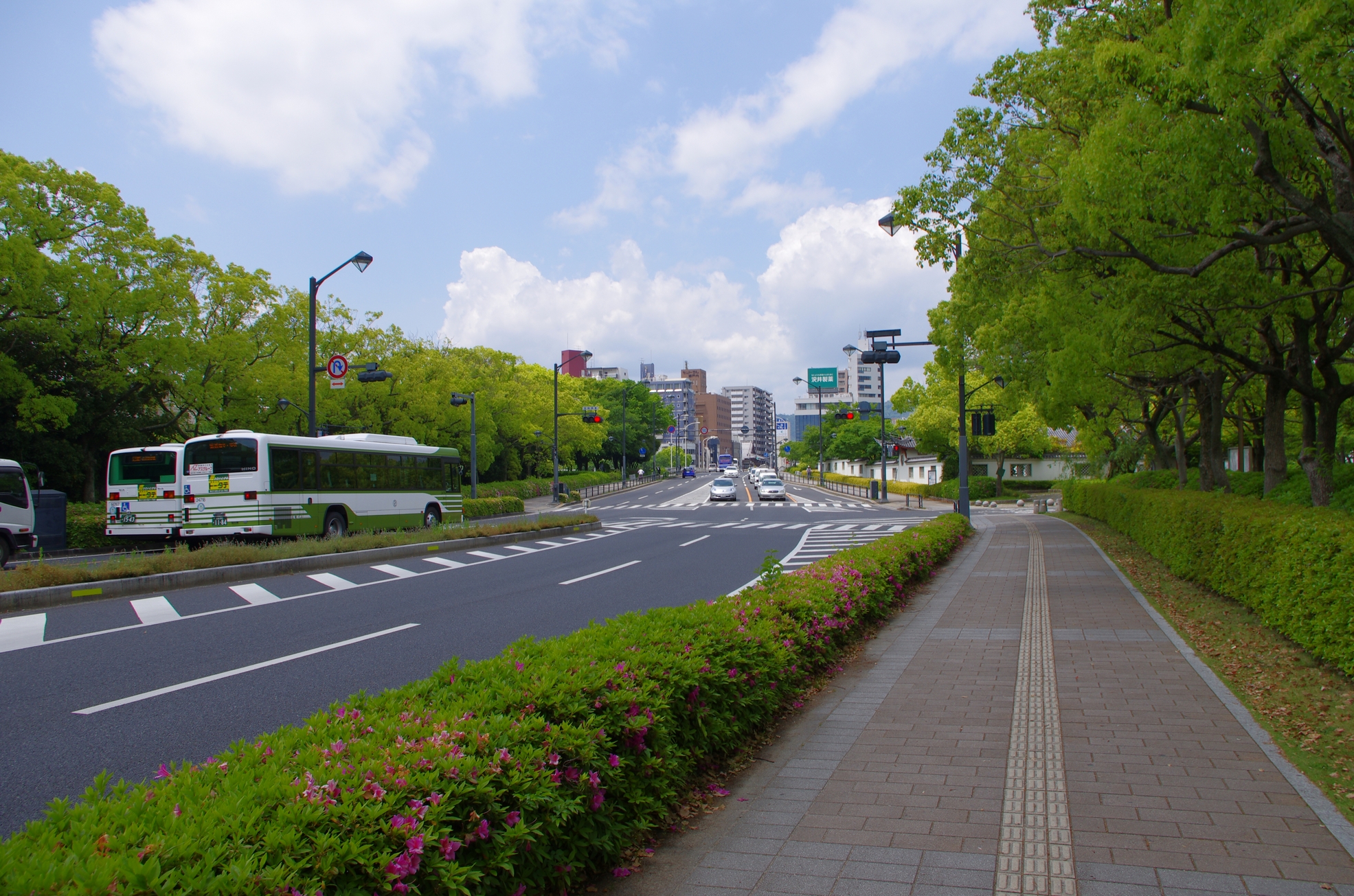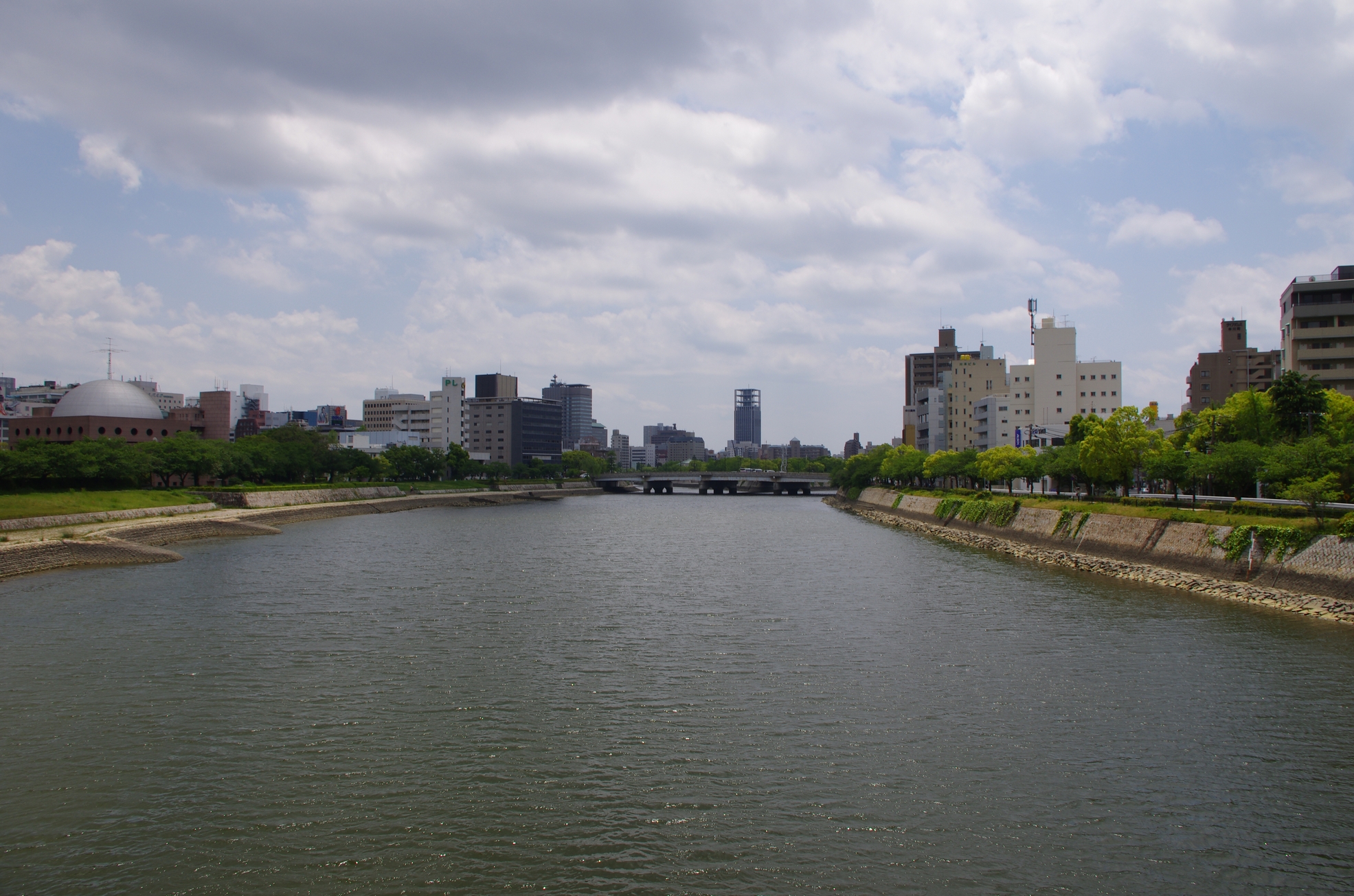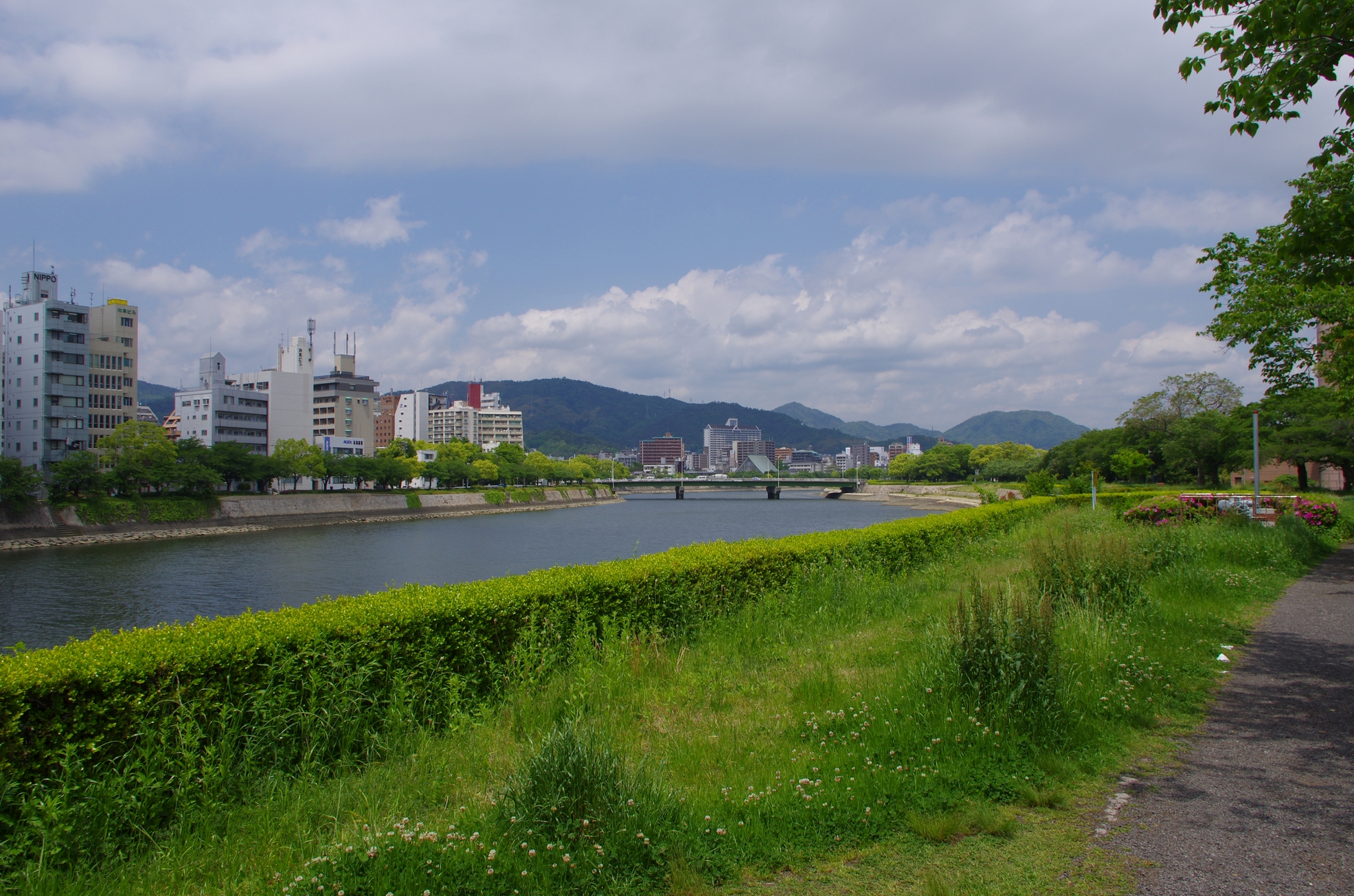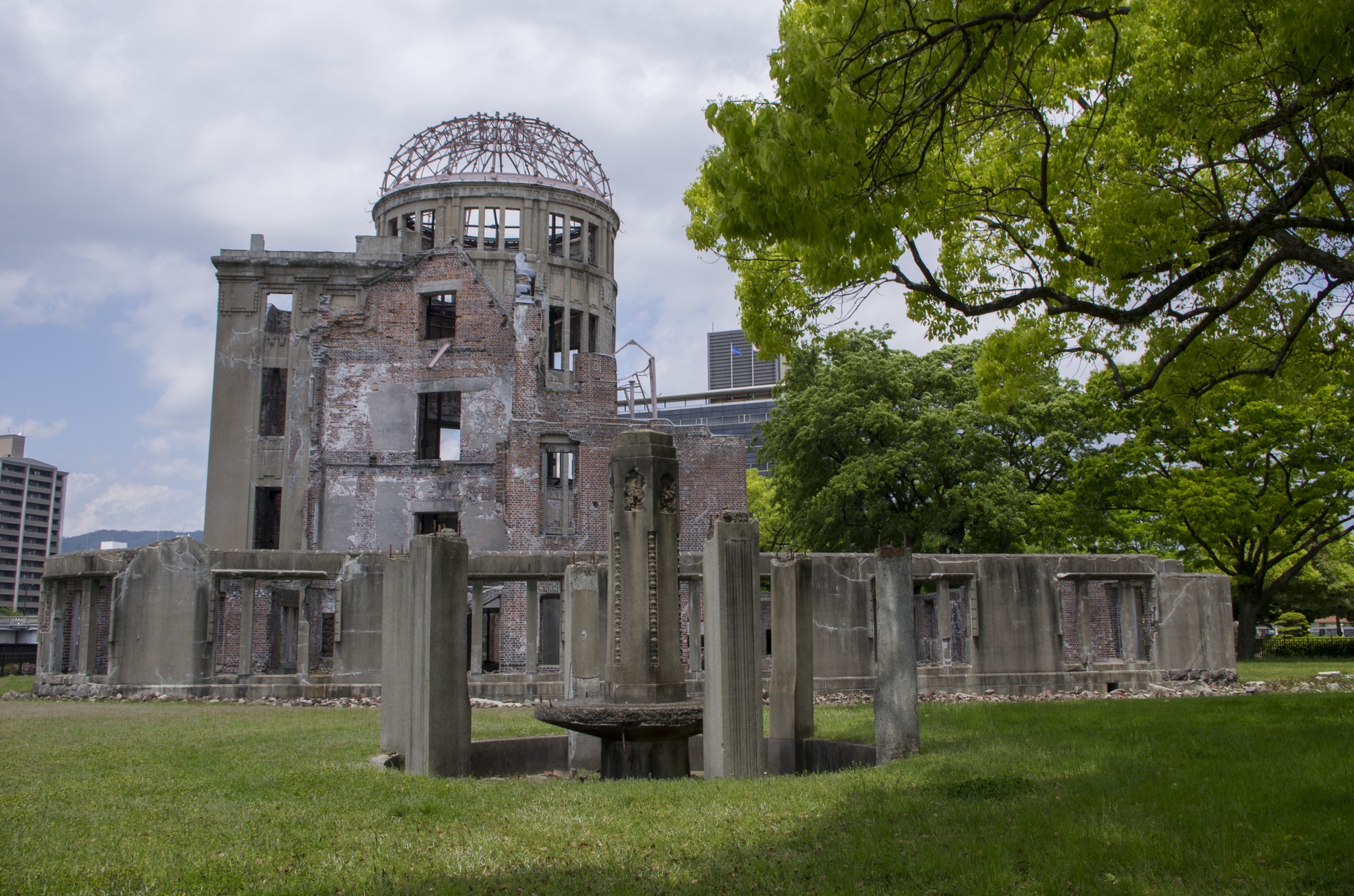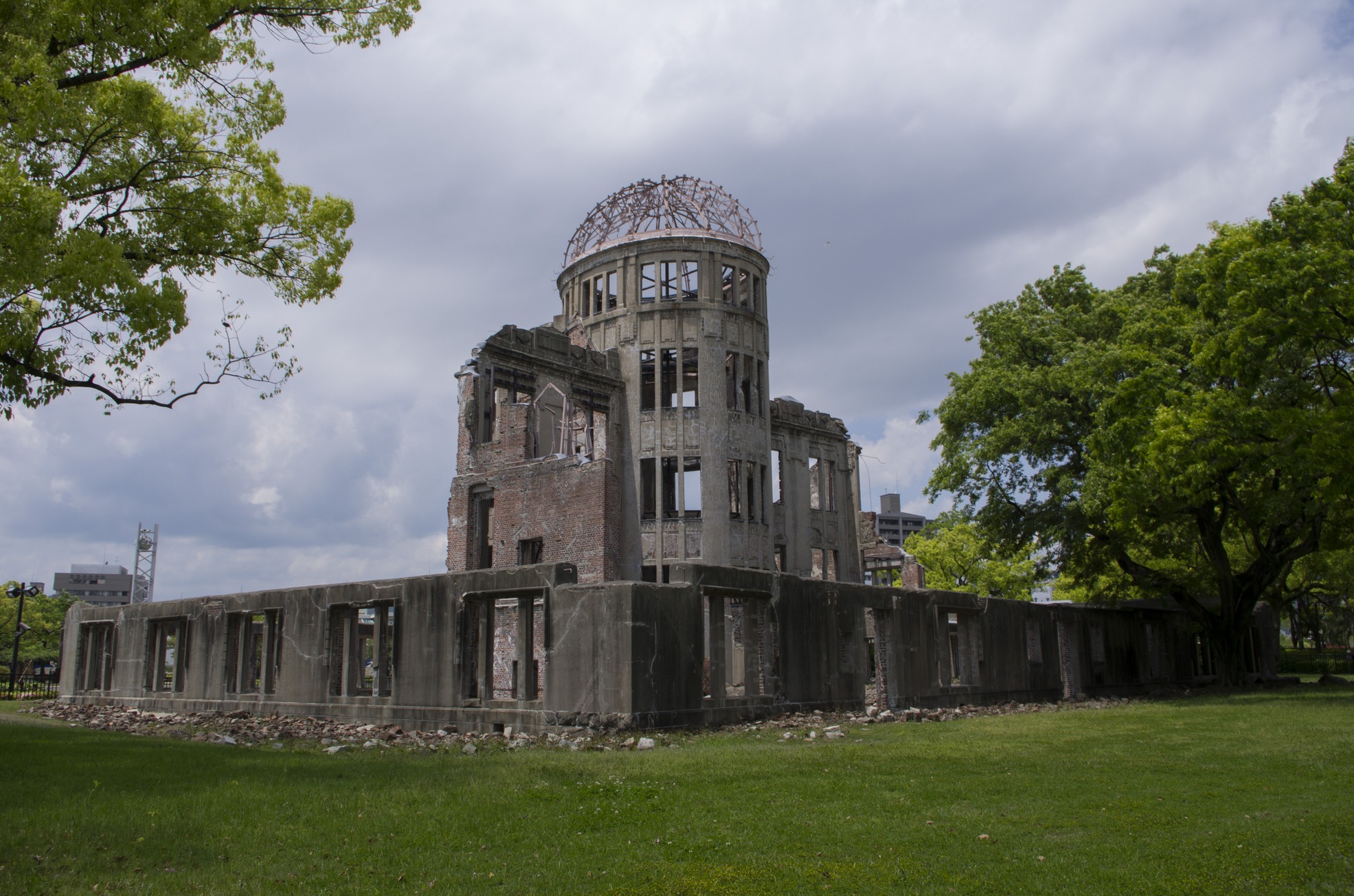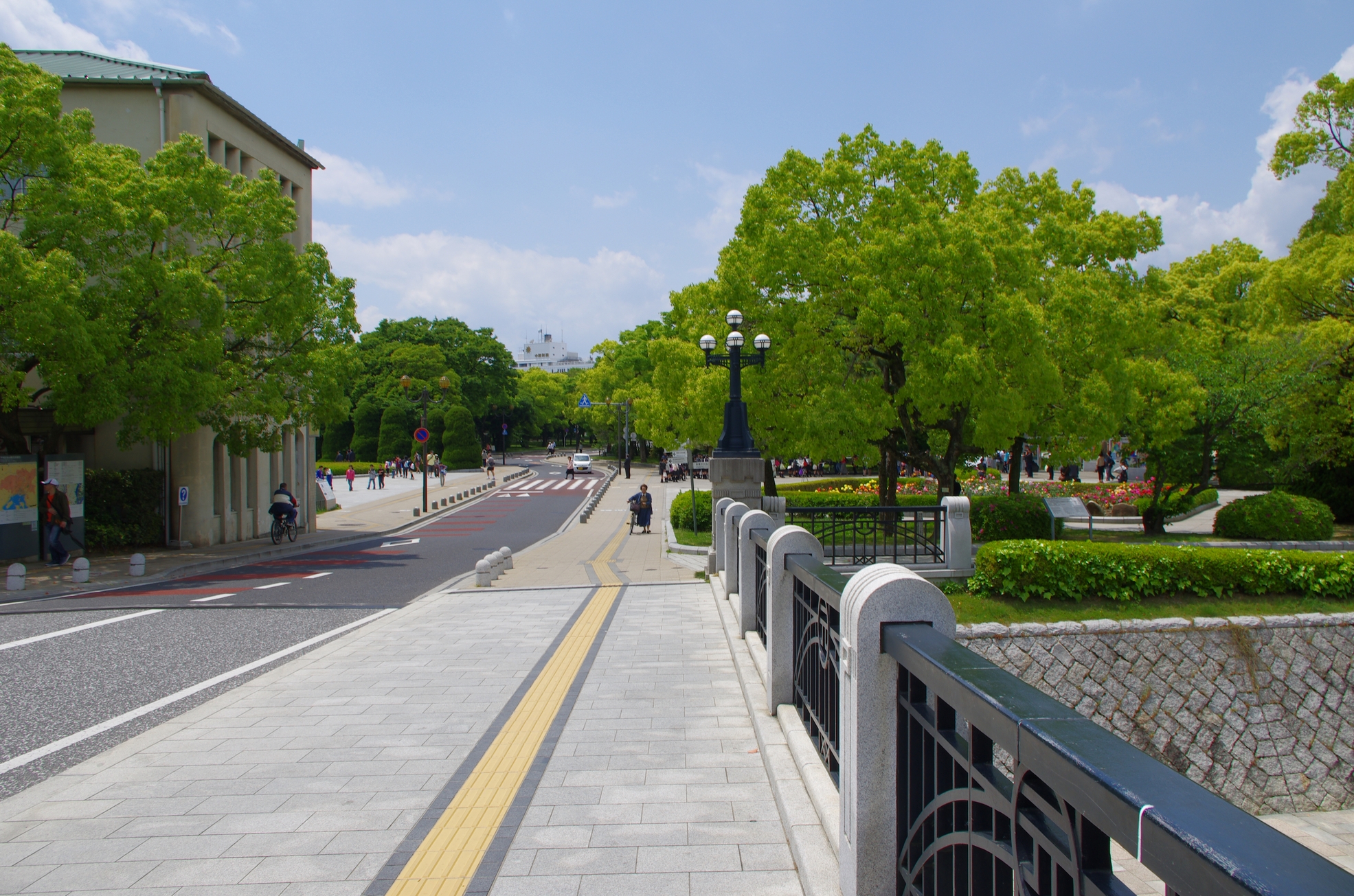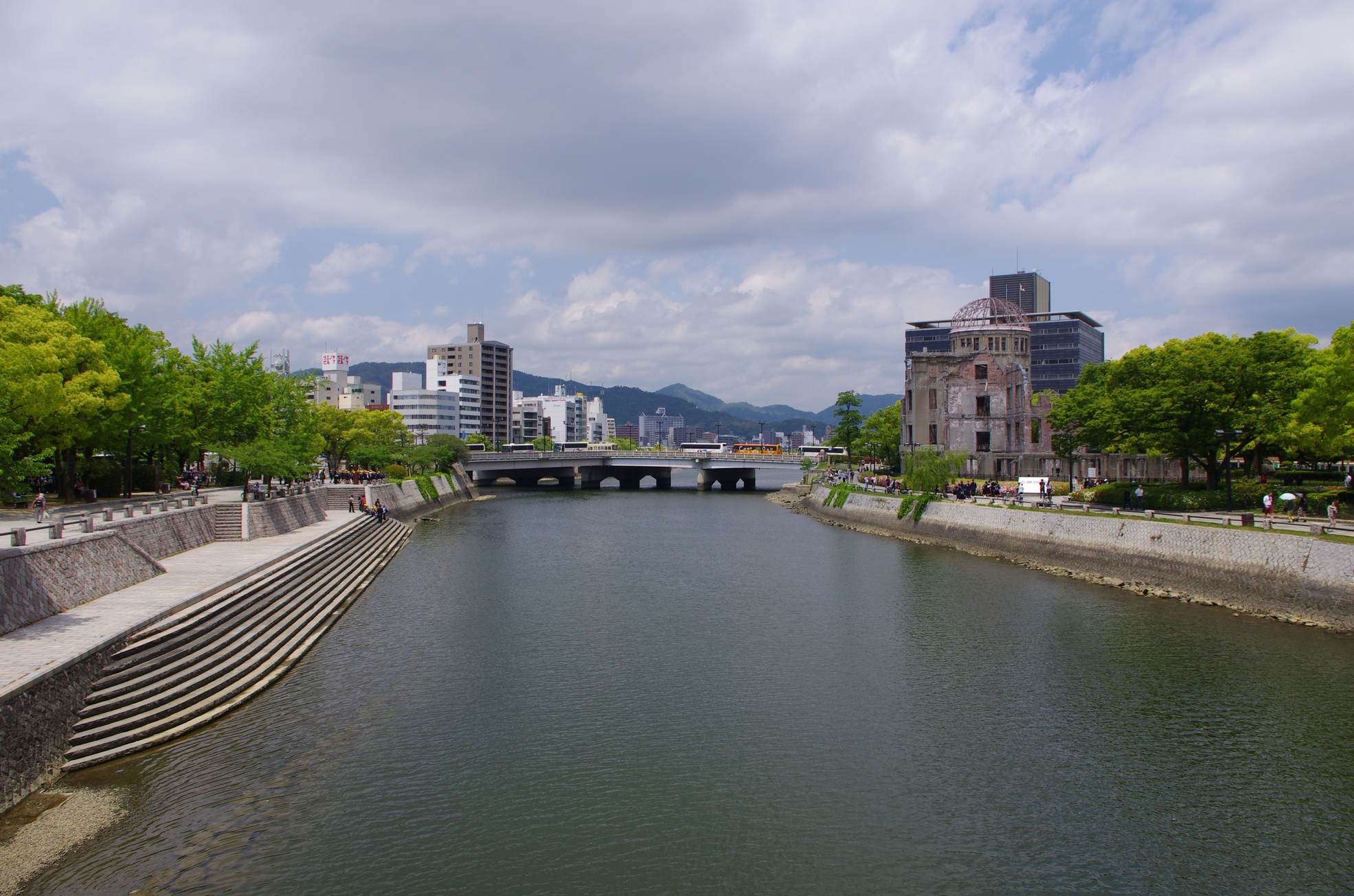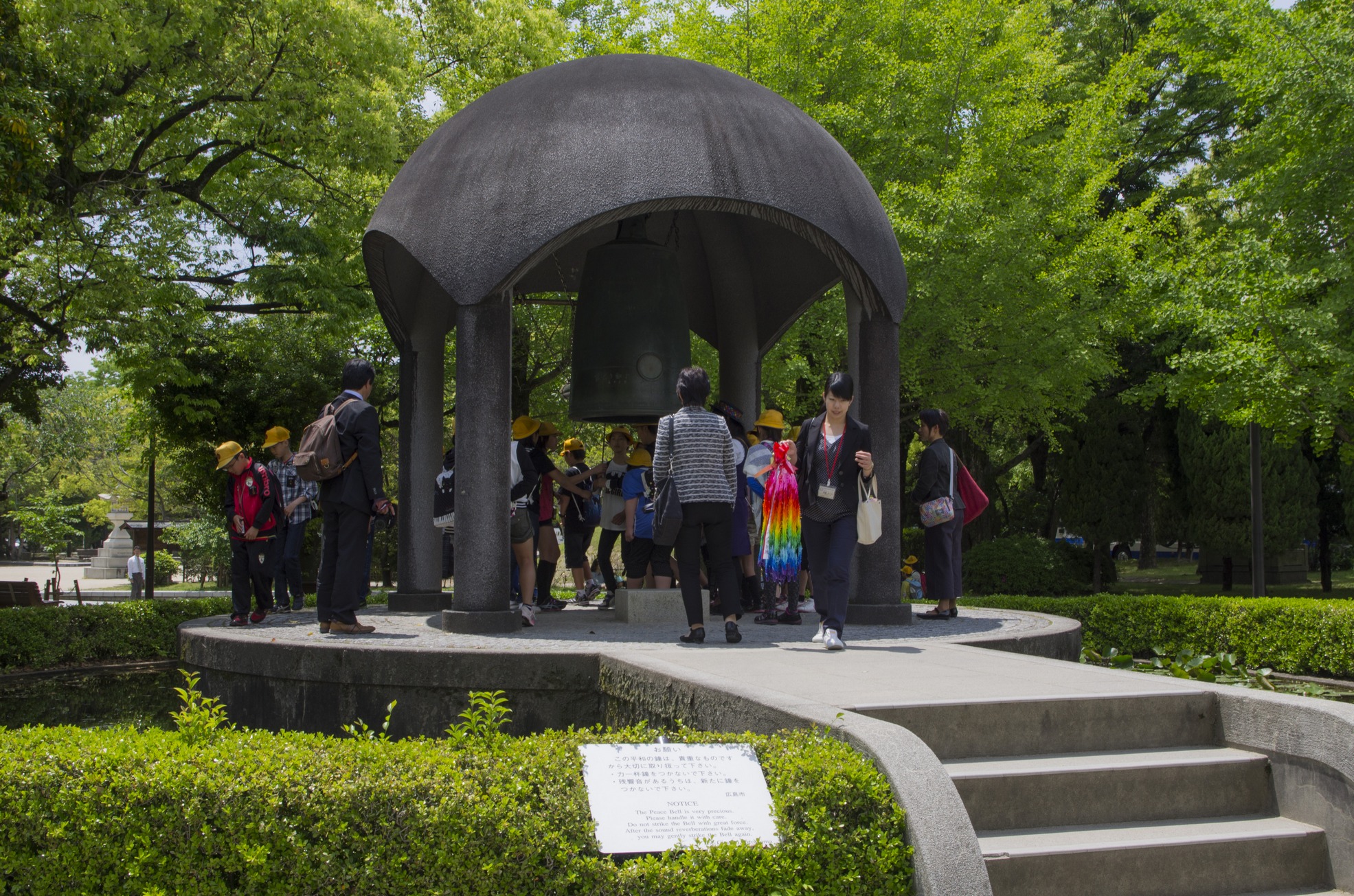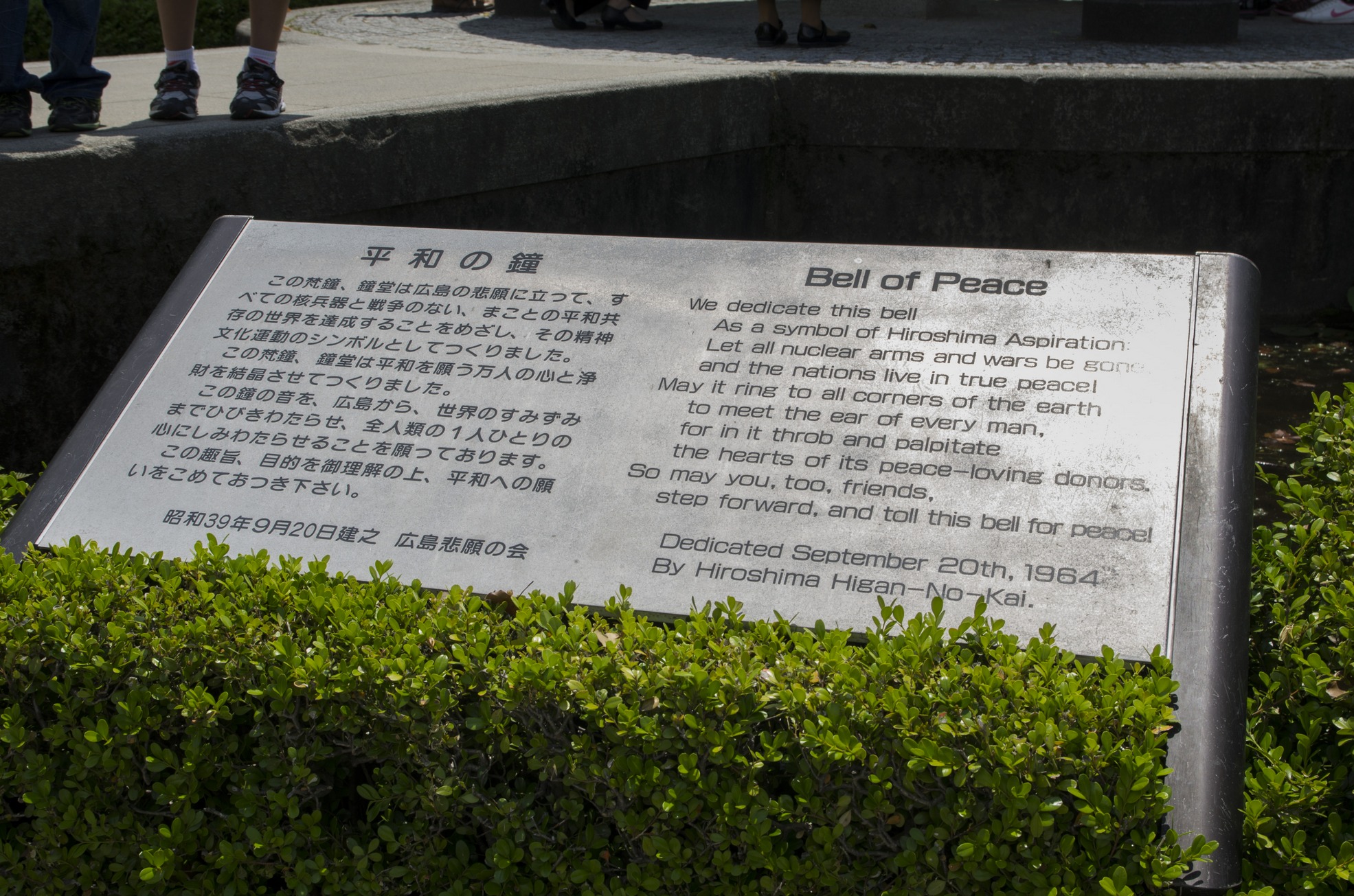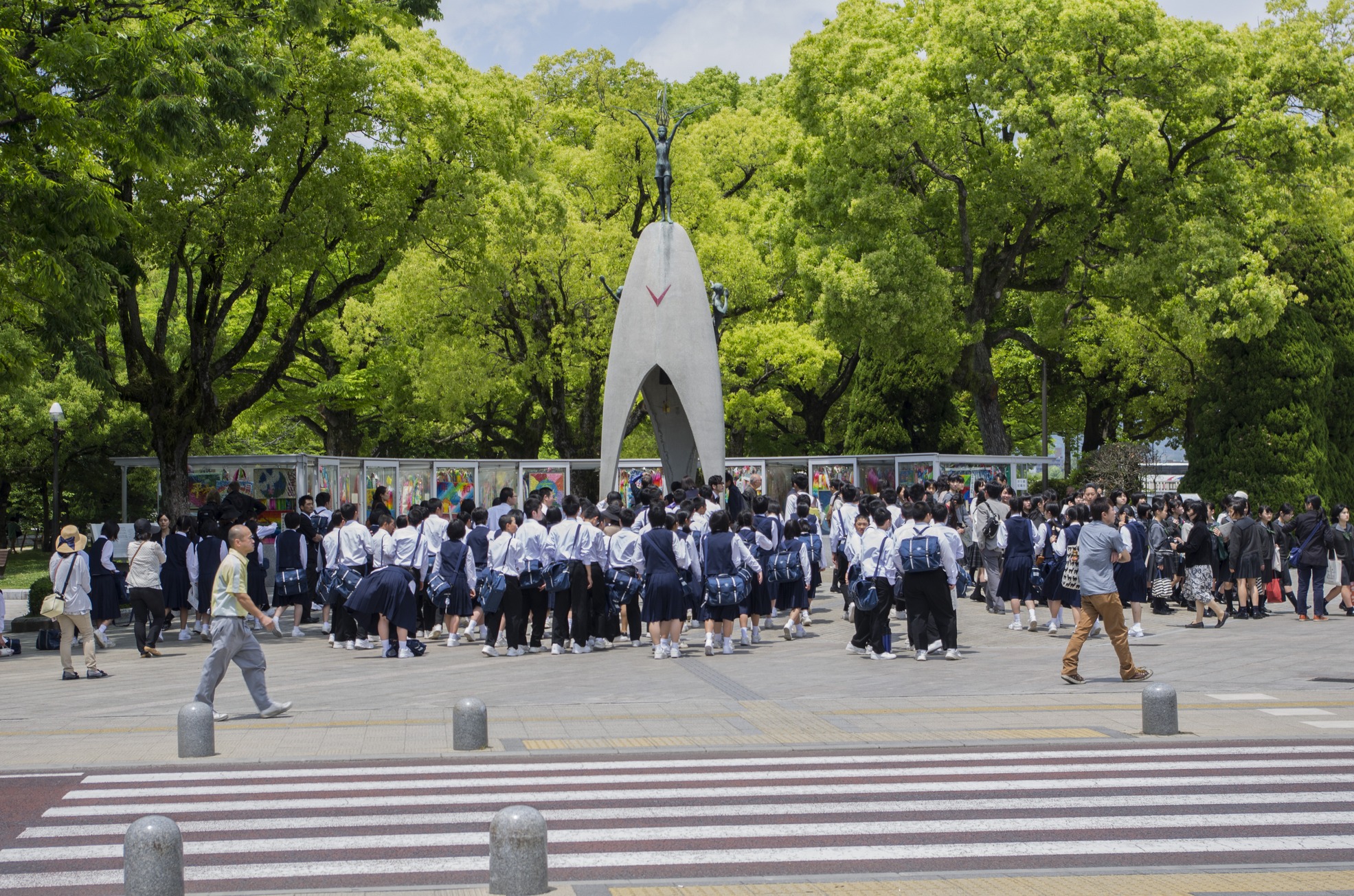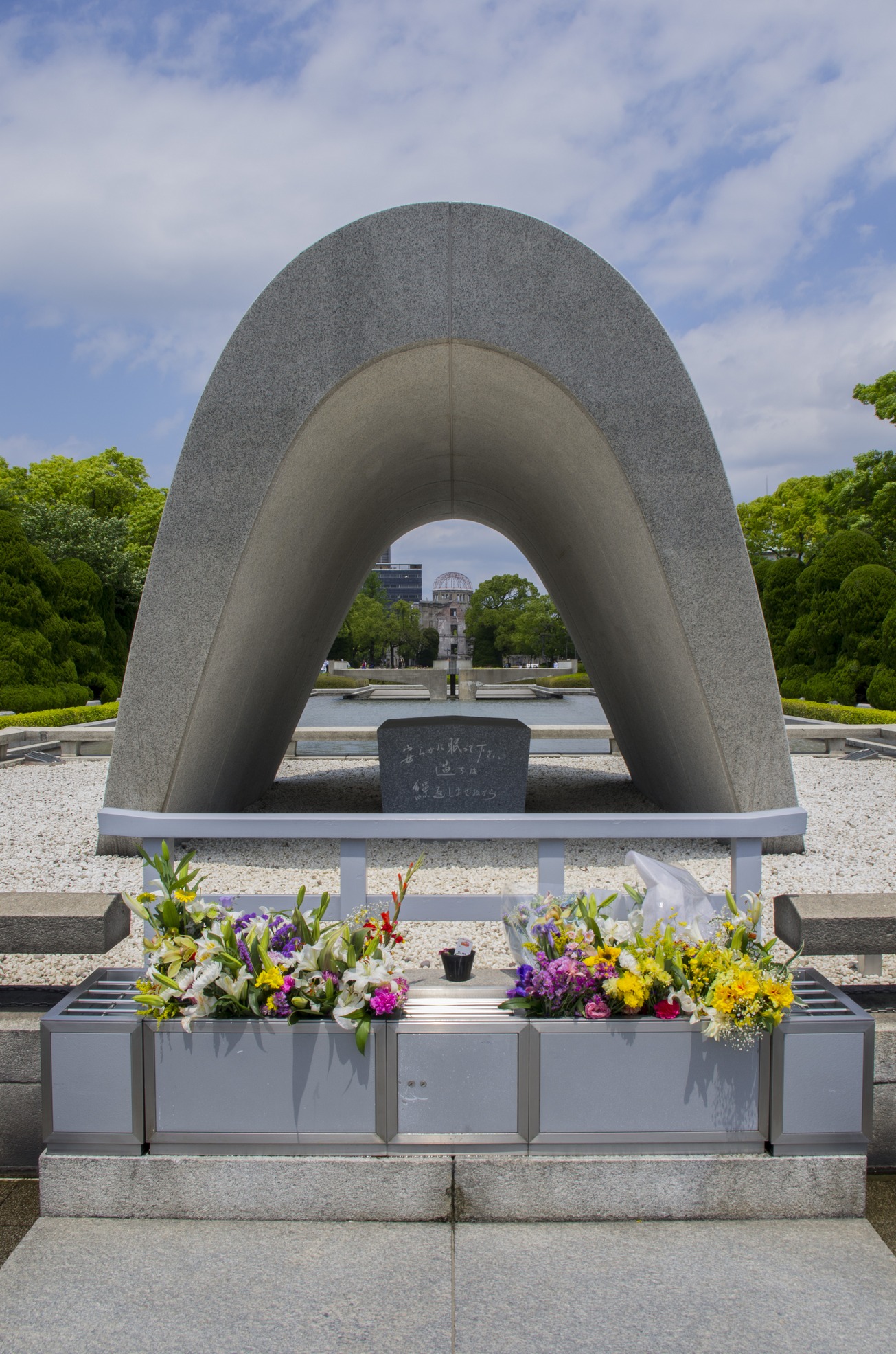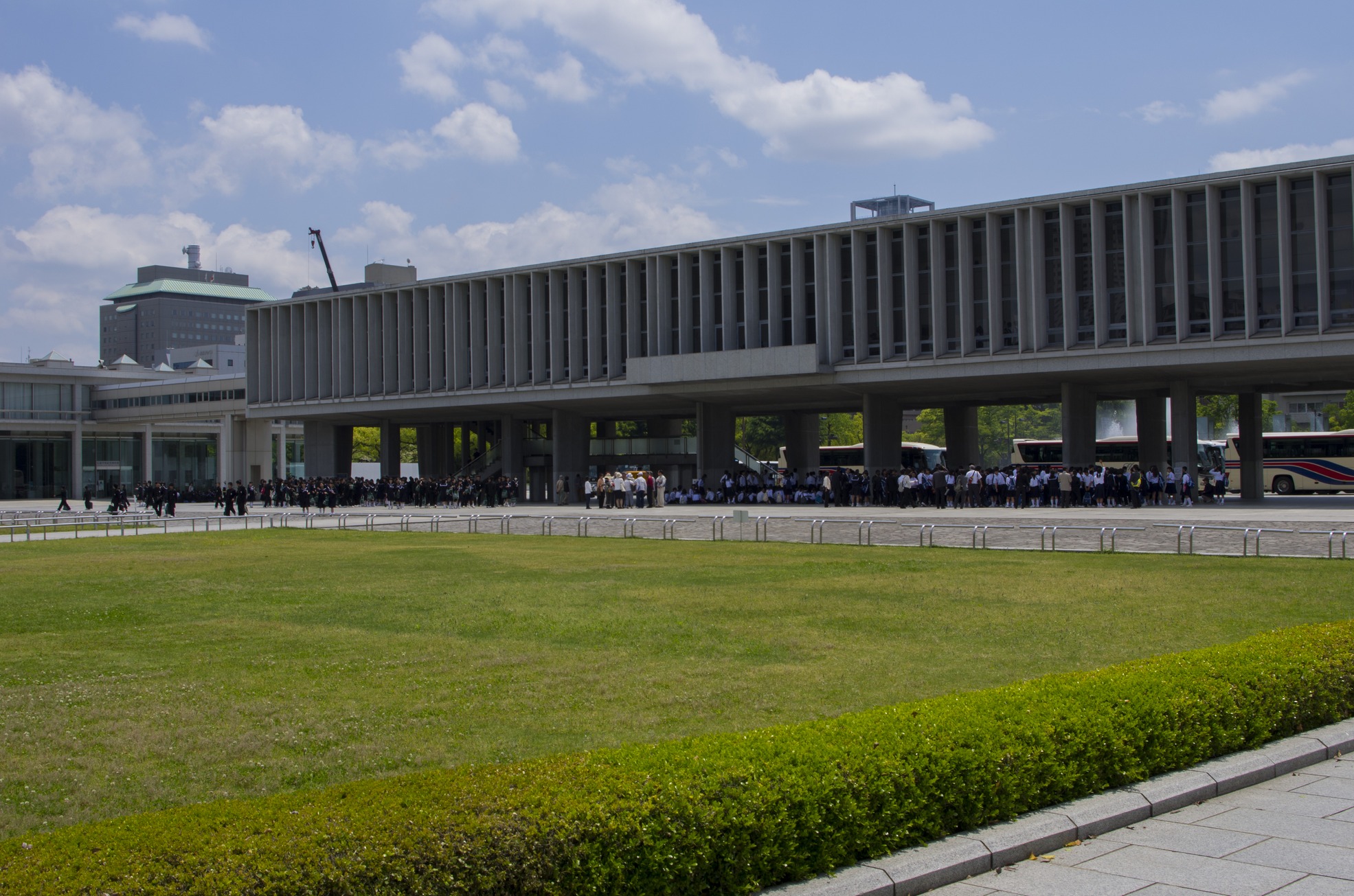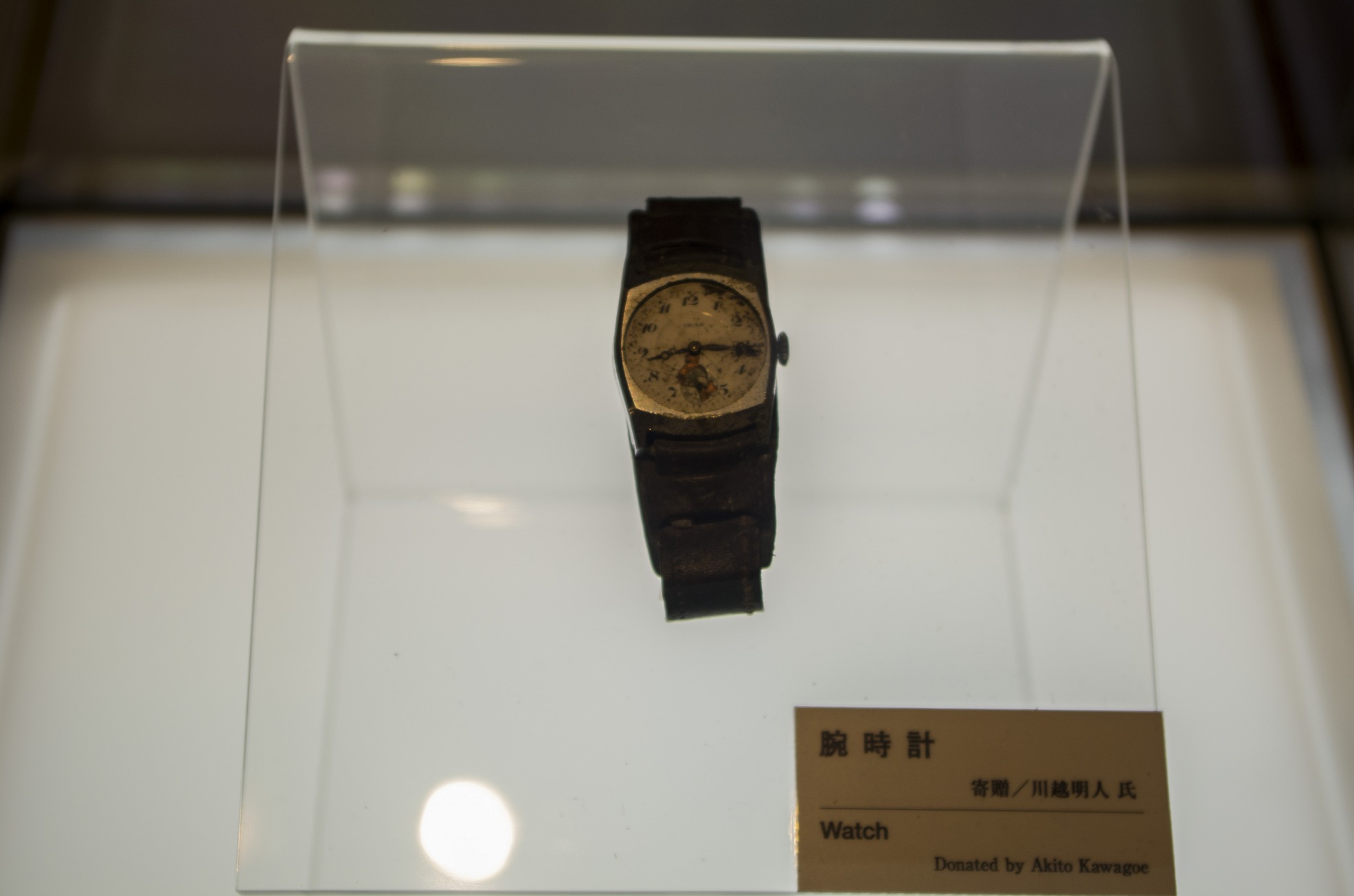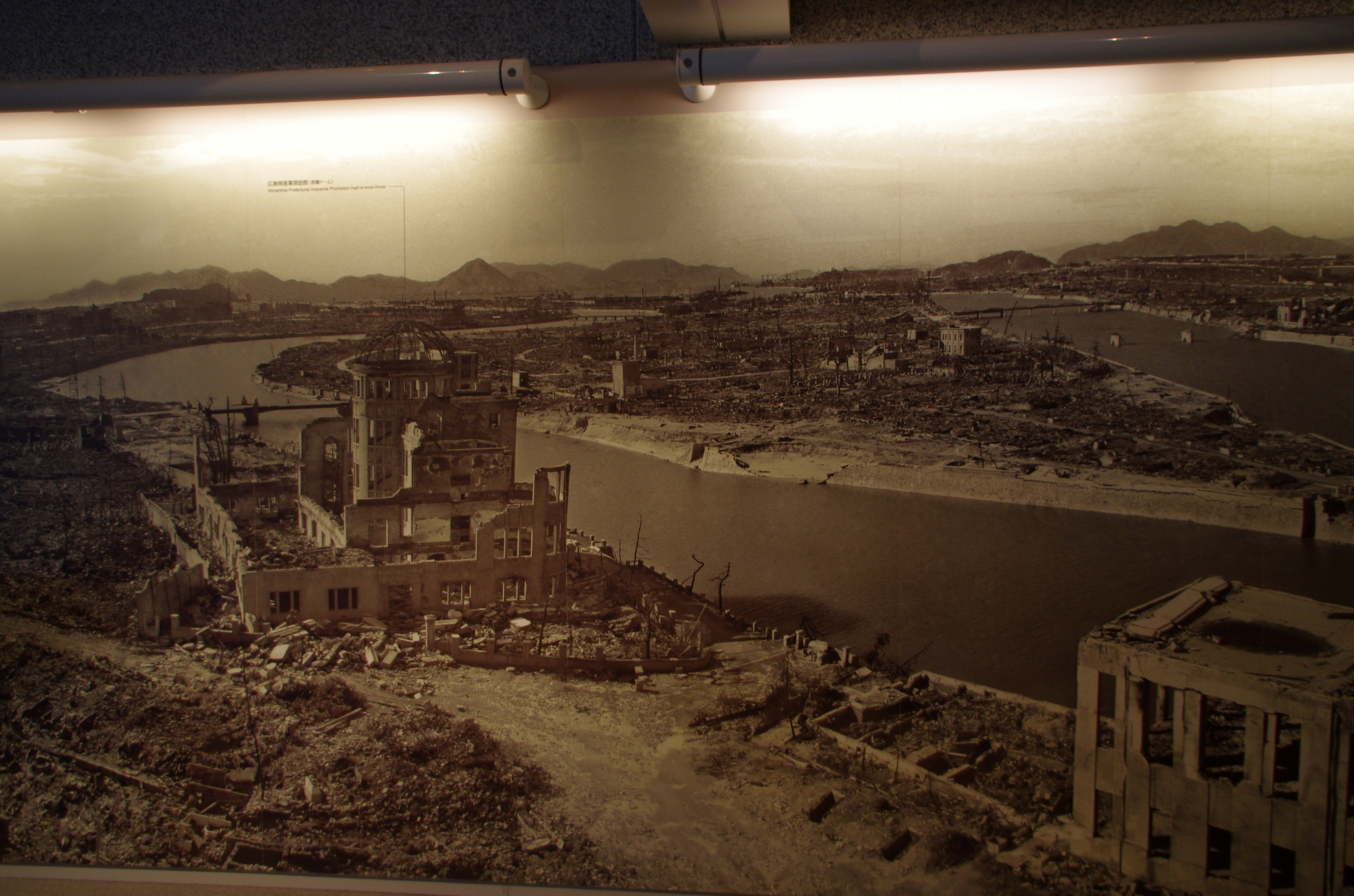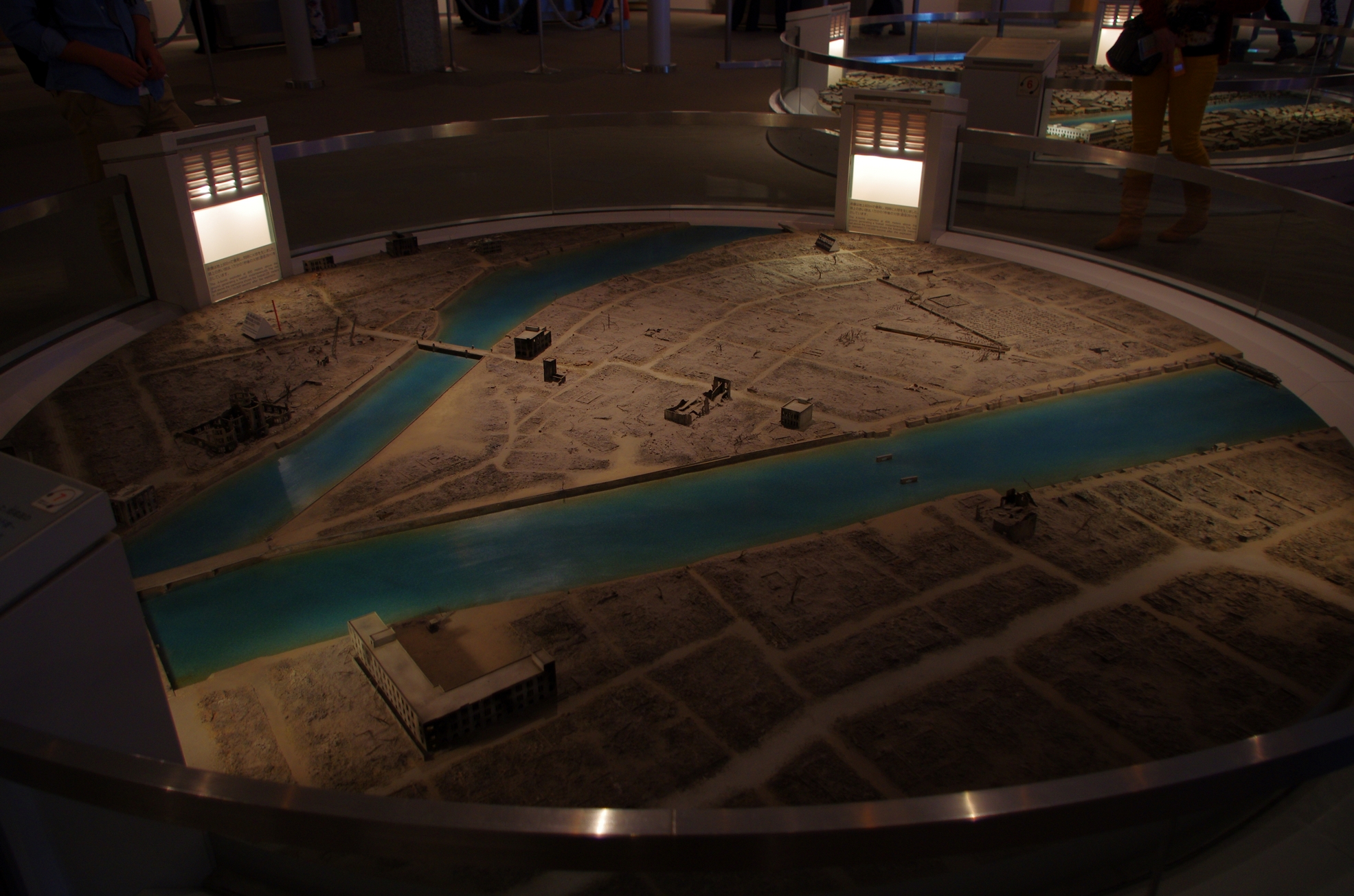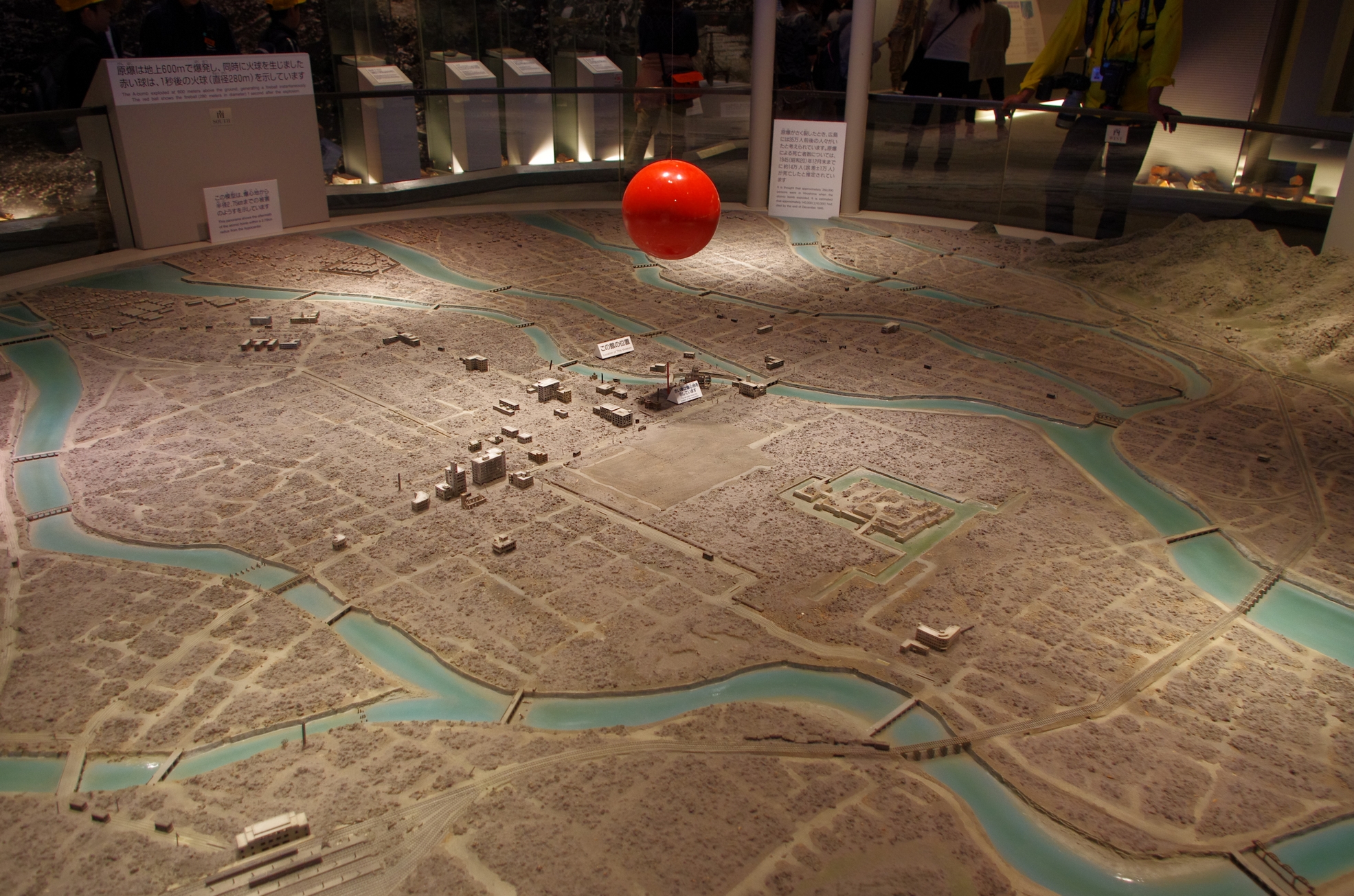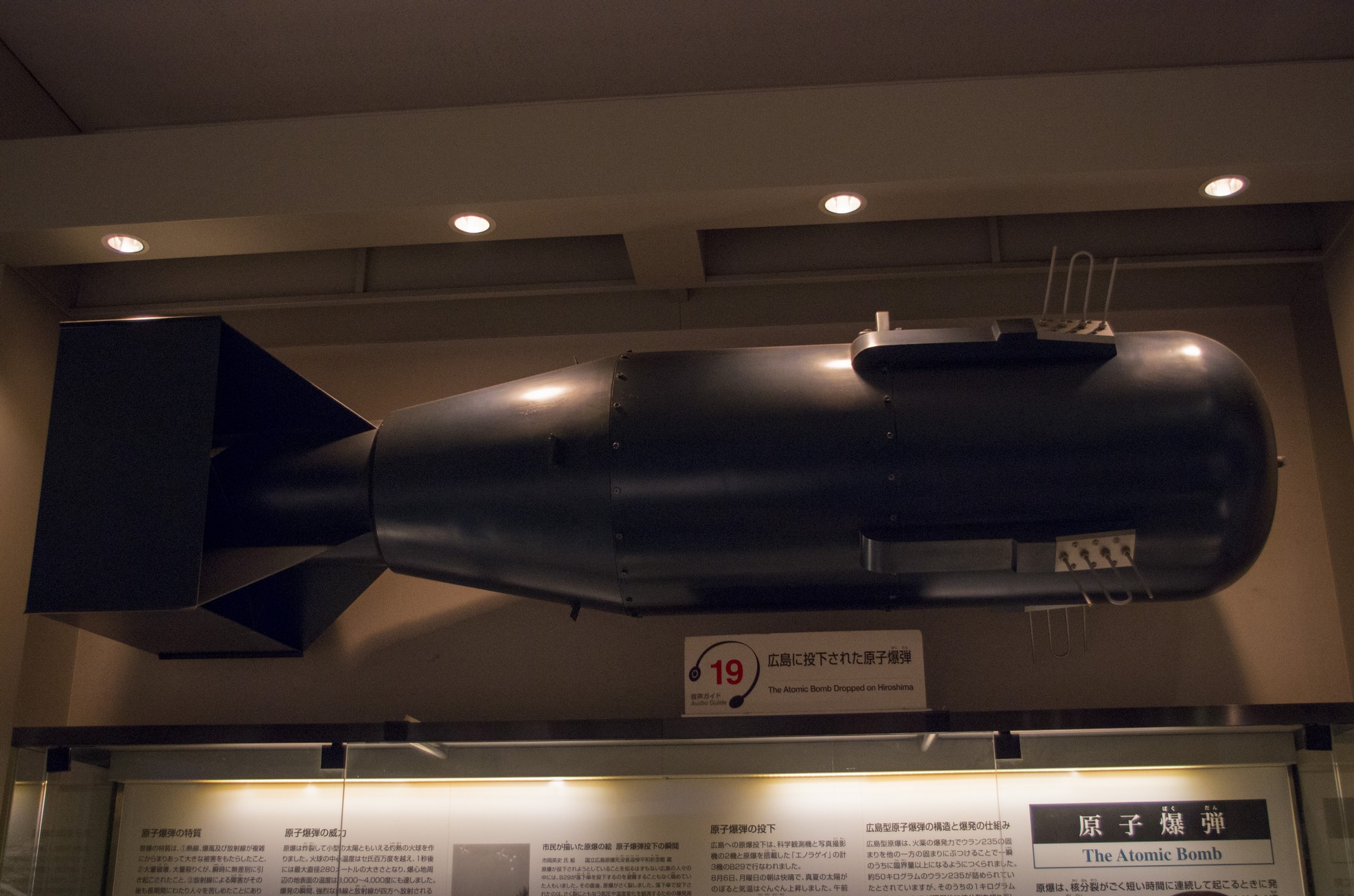EN: The hectic days of traveling and using the JR Pass are still influencing my life, the trip to Hiroshima and to the island of Itsukushima (mostly known as Miyajima), which is the last of the Three Views of Japan I wanted to visit. Itsukushima is famous all around the world for its Itsukushima Shrine and more importantly for the red ‘floating gate’ torii, which is the symbol of Japan. The post about Itsukushima is separated from this one.
Hiroshima is well-known for its tragic history and the events of the last few days of the Second World War. The atomic bomb called Little Boy developed in Manhattan Project was dropped on the port town on August 6, 1945, killing or injuring more than 135 000 inhabitants. Because of this unfortunate event in human history the city decided to follow the route of peace, to promote it all around the world and therefore it built large Hiroshima Peace Memorial Park, which is today famous all around the world and it attracts more than a million visitors each year.
There are several places of interest in the park, the picture of A-Bomb Dome can be found in pretty much every history book, there is a Peace Memorial Museum, which describes the time before and after the atomic bomb was dropped. Mind you – this place is not for the people who can’t stand rather drastic pictures, it depicts the tragedy of Hiroshima bombing directly and clearly, without fear of scaring or causing nightmares. Some of the photos and figures are really rough, I believe that in some countries there would be numerous attempts to limit the age of the visitors, so the little children would not be scared.
And the students and children are the most frequent visitors of the park, since 65 percent of the 70 000 immediate casualties were children up to the age of 9. There is a Children’s Peace Monument built in the memory of all the children who died in this disaster and it also remembers Sadako Sasaki and her story. Of course, the museum and all the surrounding things are a tad depressing, but still – it works as warning to every warmonger in the world.
Other destinations I visited in Hiroshima were the Shukkei-En garden, which is very close to the main train station, later on I walked to Hiroshima Castle, which was completely destroyed during the bombing and rebuilt afterwards.
A little warning for SUICA holders – this IC card is not valid on local buses, therefore you need to take a ticket from the dispenser on the right side when entering the bus via rear door, prepare yourself some coins and that’s it. There is a number printed out on the ticket and a large LCD panel (or in some cases panel with LED numbers) in the front of the bus shows your number and the amount you need to pay to the driver once you reach your stop. Just take the ticket, the money and throw it into the little box which is placed next to the driver. If you need change, there is a coin change machine just next to it.
I headed to Miyajima after Hiroshima visit, which was a great experience.
SK: Hektické cestovanie pokračuje, čo by to bola za dovolenka v Japonsku, keby som nenavštívil všetky tri Views of Japan. Posledné dva dni som strávil v Hirošime a asi 25 minút cesty vlakom sa nachádza Itsukushima Shrine so slávnou červenou bránou torii, ktorá je prakticky symbolom krajiny vychádzajúceho slnka. Keďže to chcem nechať oddelené, začnem iba Hirošimou.
Hirošima má smutnú históriu, ktorú jej zariadil záver druhej Svetovej vojny a hlavne Manhattan project, ktorého výsledkom bola bomba Little Boy. Viac ako 135 000 ľudí bolo jej dopadom zabitých alebo zranených, práve preto sa mesto po svojom opätovnom vybudovaní rozhodlo smerovať cestou mieru a venovalo mu obrovský park (ktorý sa nachádza neďaleko epicentra výbuchu) a múzeum mieru. Jeho návšteva myslím pohne každým, Japonci si pri vytváraní exhibícií a podkladov nedávali šatku pred ústa a ničím sa netaja – v múzeu nájdete fotky ľudí tesne po výbuchu, obrázky pacientov, študentov s popáleninami, mŕtvych, deštrukciu, ktorú bomba zanechala a podobne. Celý park navštevuje obrovské množstvo študentov a žiakov zo škôl (niekoľko fotiek to dokazuje), predpokladám, že istí jedinci by mohli voči tomu protestovať – no má to svoje pozitívum, keď to vidia v tak mladom veku, určite ich to dostane viac a uvedomia si, čo sa vtedy udialo. (///Oprava – dnes som navštívil múzeum v Nagasaki a to bolo ešte ostrejšie s mnohými oveľa horšími fotkami)
V parku je okrem múzea niekoľko pamätníkov obetiam, vrátane detí, dôvod je jednoduchý – zo 70 000 obetí, ktoré boli pri výbuchu na mieste mŕtve, bolo až 65 percent detí vo veku DO 9 rokov…Japonské deti si preto vždy uctievajú svojich rovesníkov pri pamätníku detí.
Okrem spomínaného areálu som ale najprv navštívil záhradu Shukkei-En, ktorá sa nachádza v blízkosti hlavnej stanice, odtiaľ som sa po vlastných presunul do Hiroshima Castle, ktorý bol počas výbuchu kompletne zrovnaný so zemou, no neskôr bol opäť zrekonštruovaný. Spomínaný Memorial Park som si nechal ako posledný. Odtiaľ som sa autobusom zviezol späť na stanicu. Problémom bolo, že v Hirošime neplatia karty Suica, takže som musel ťahať lístok (v Japonsku sa v autobusoch vo väčšine prípadoch nastupuje zozadu, kde si človek vytiahne lístok a potom na základe sumy na displayi platí). Nuž a následne na to som sa vybral na ostrov Miyajima, kde som strávil noc v perfektnom ryokane a užil si lokálnu atmosféru.
